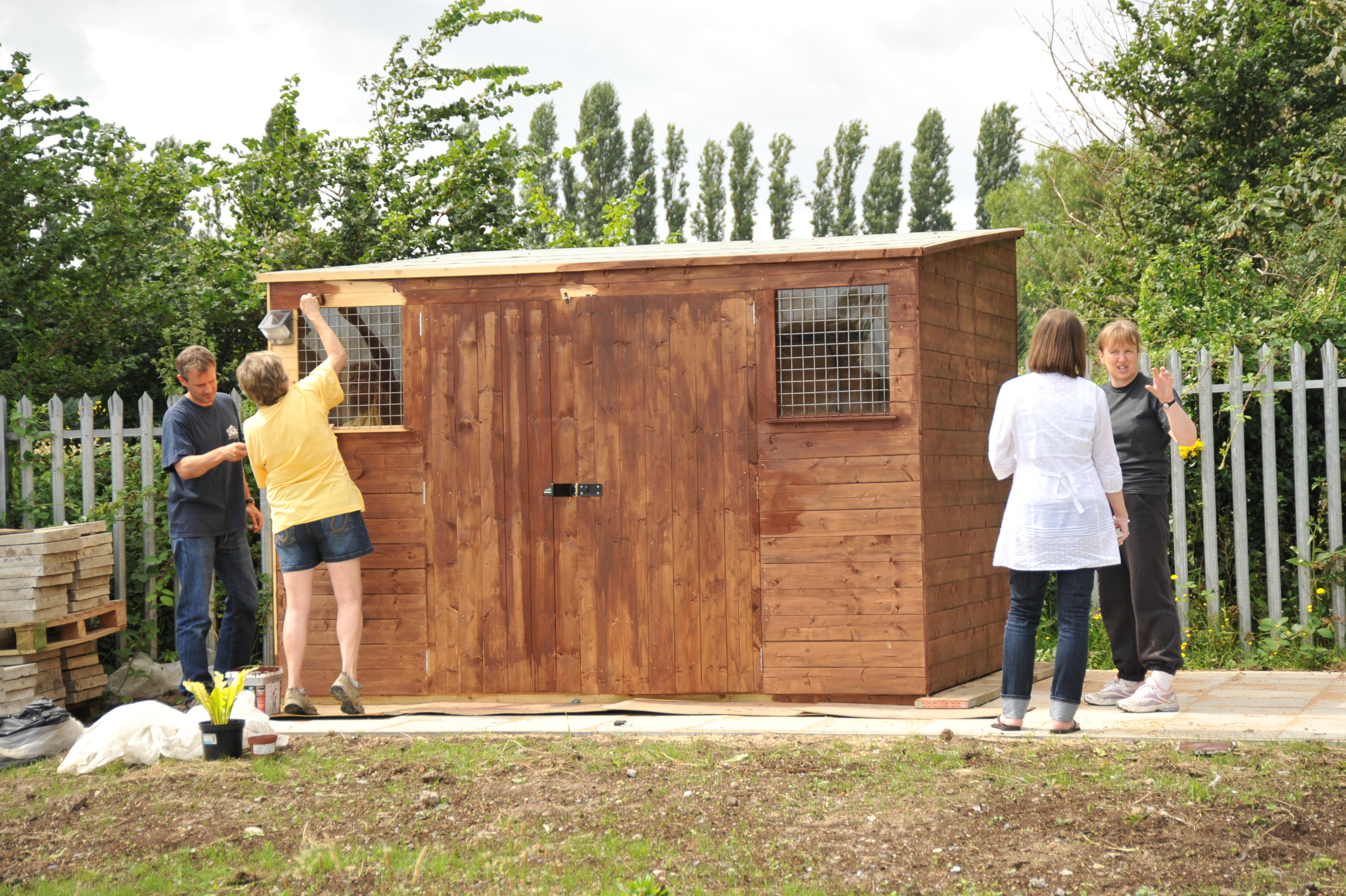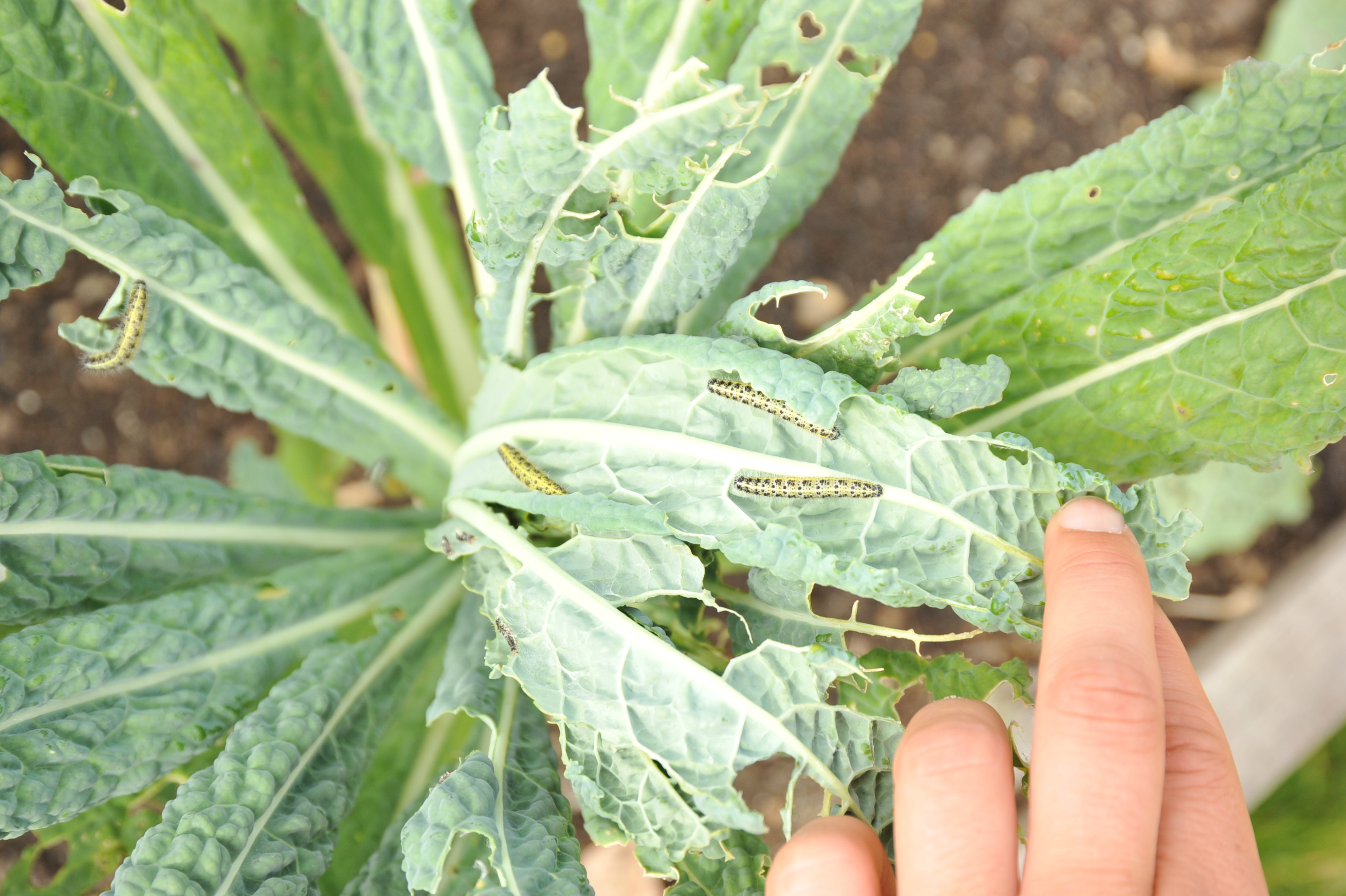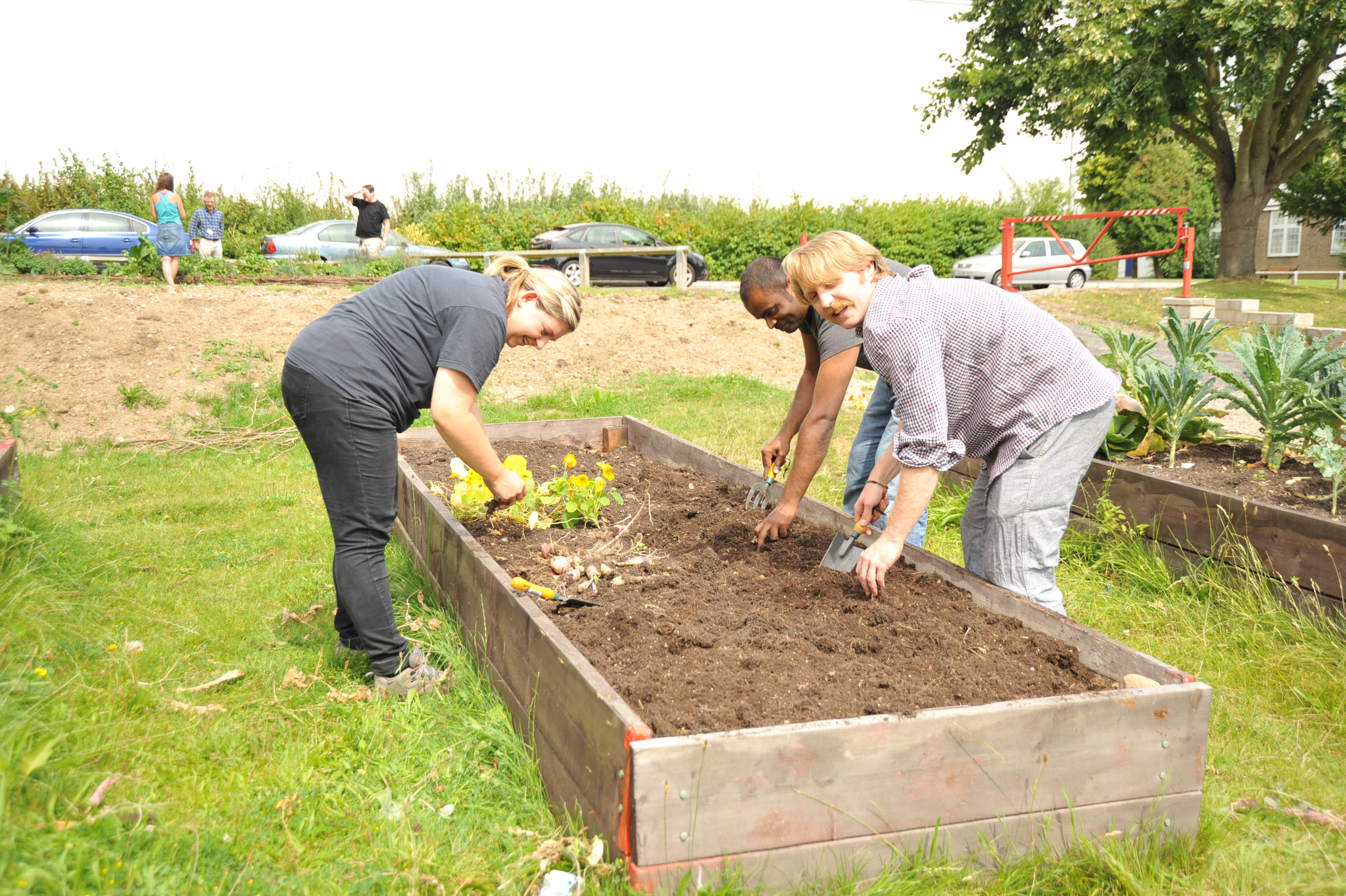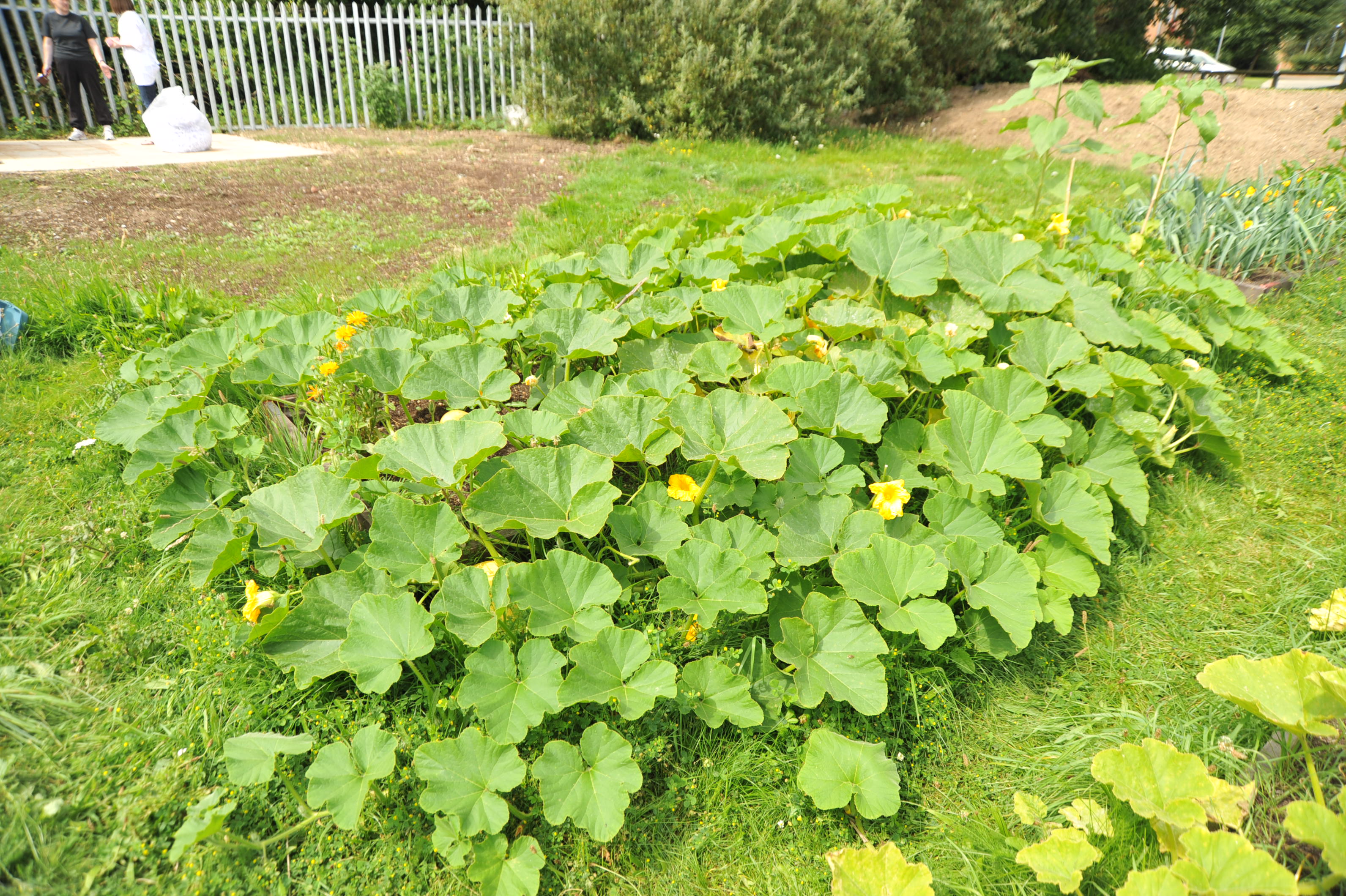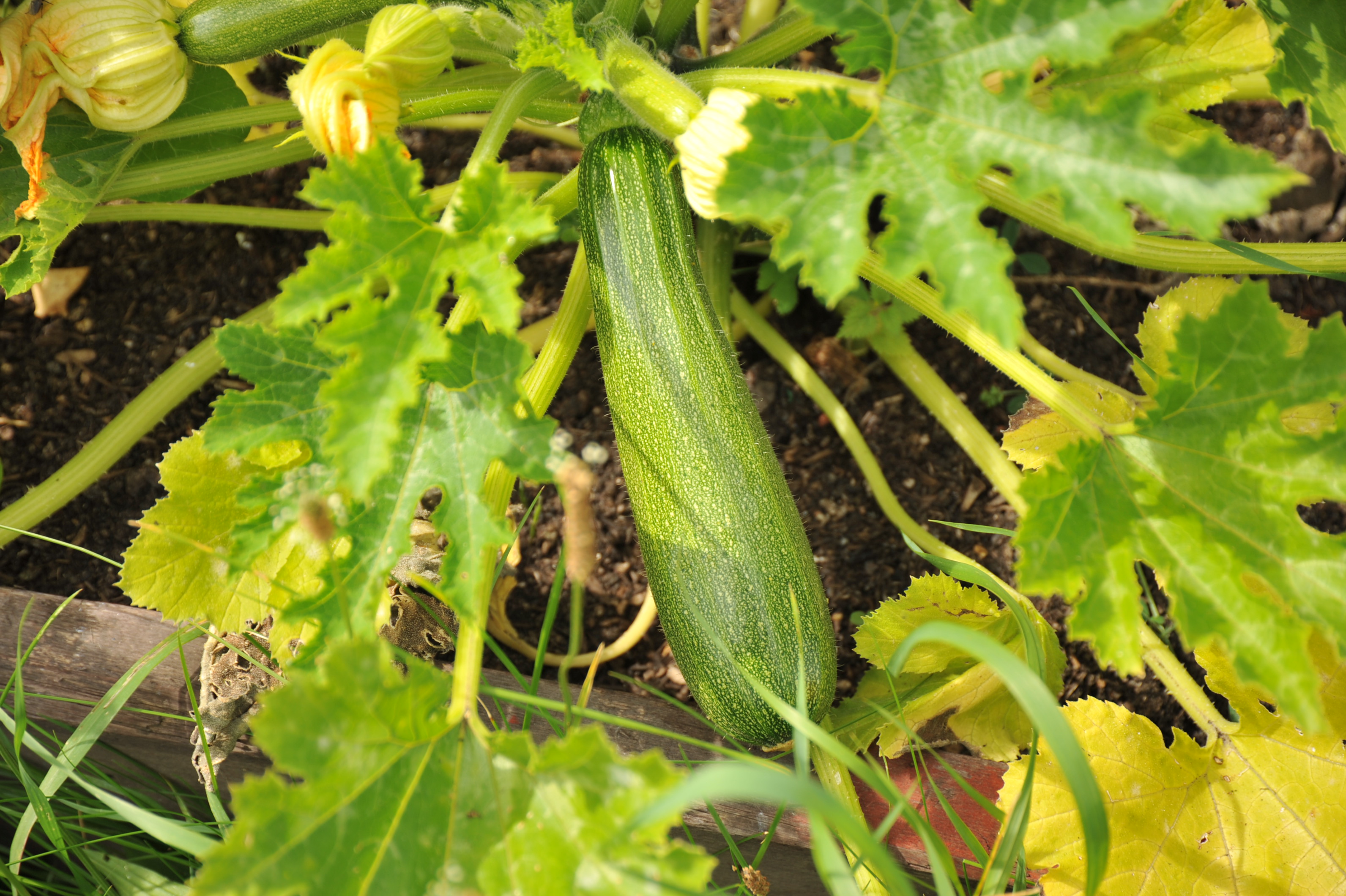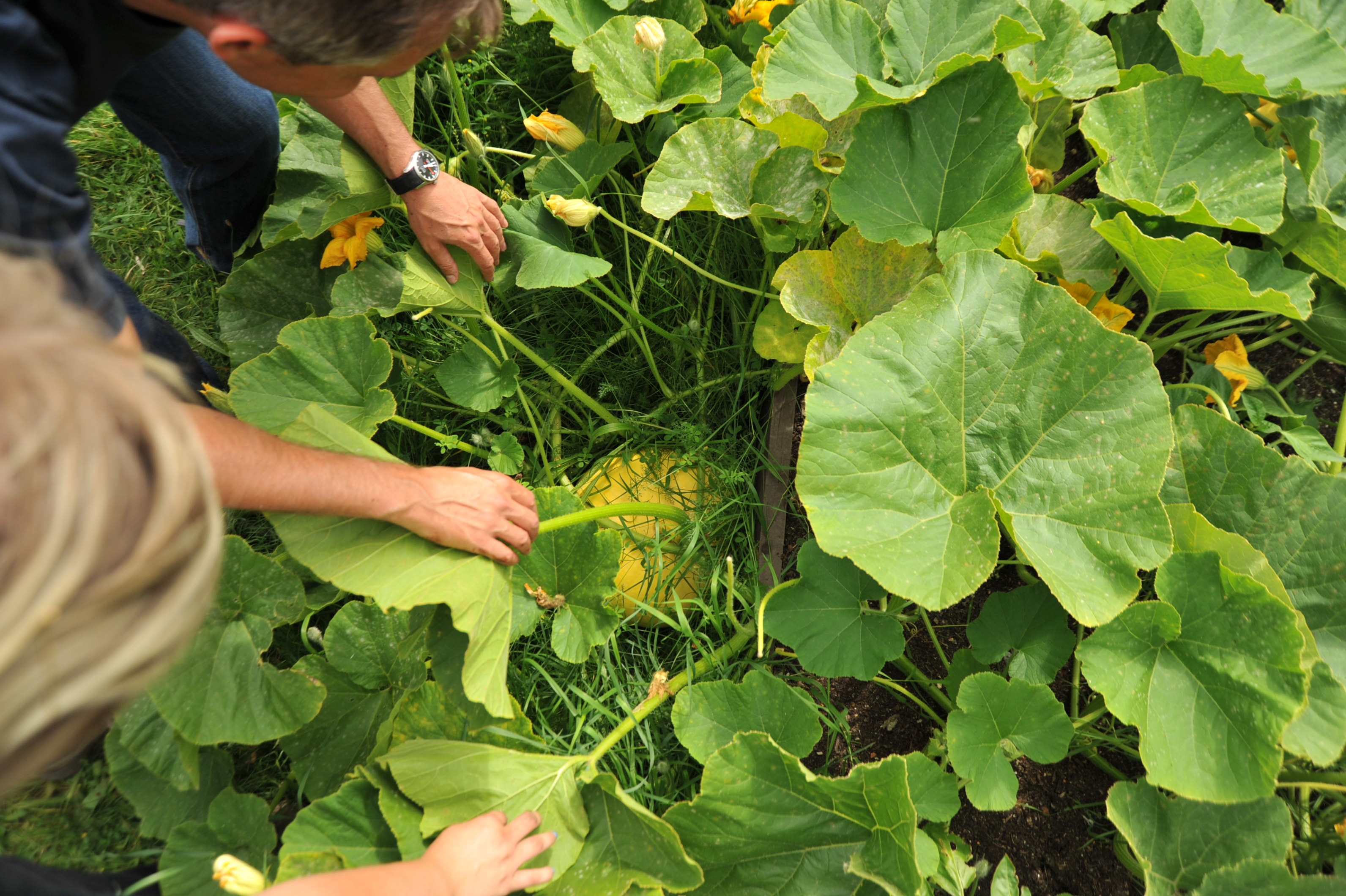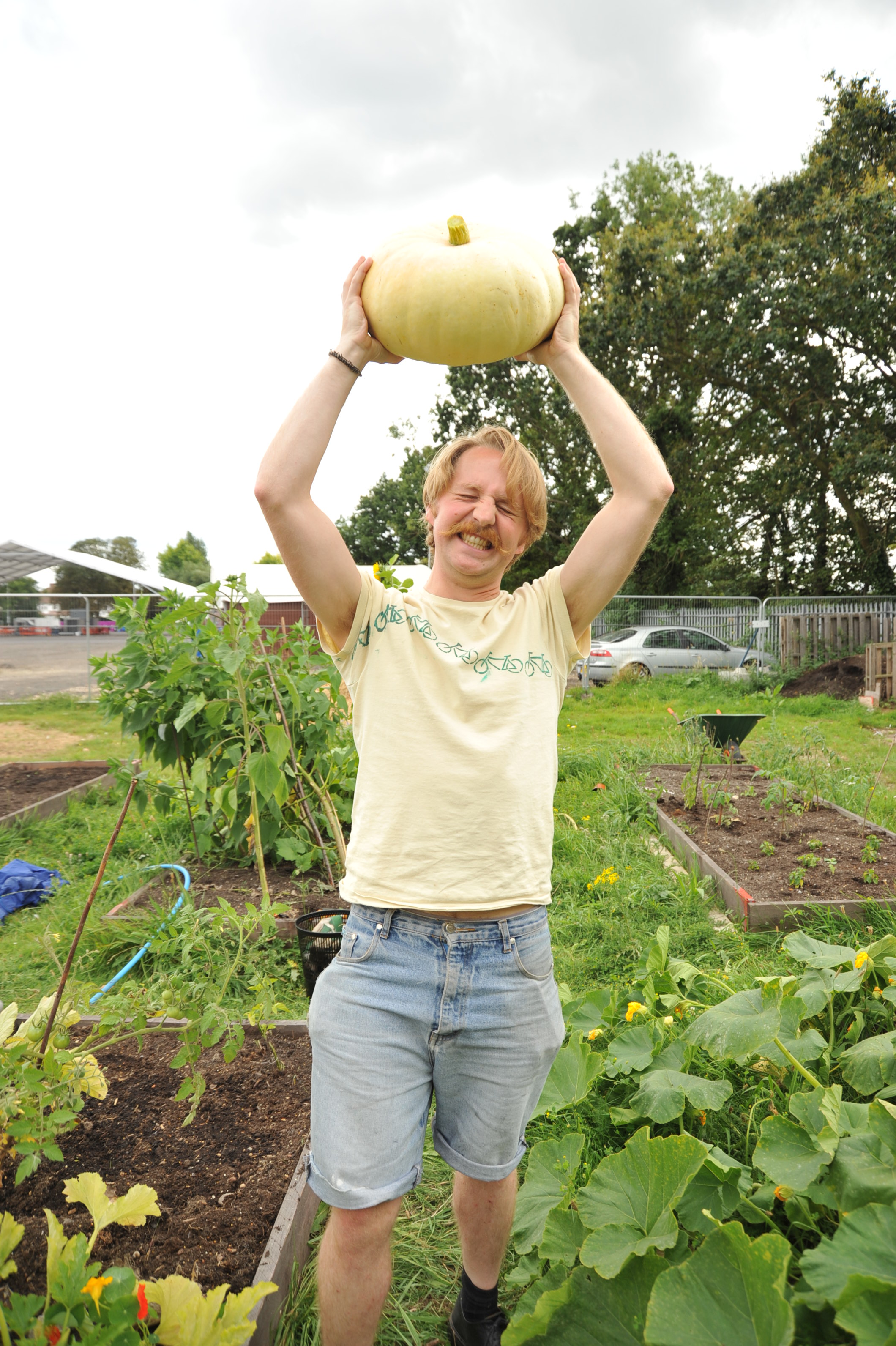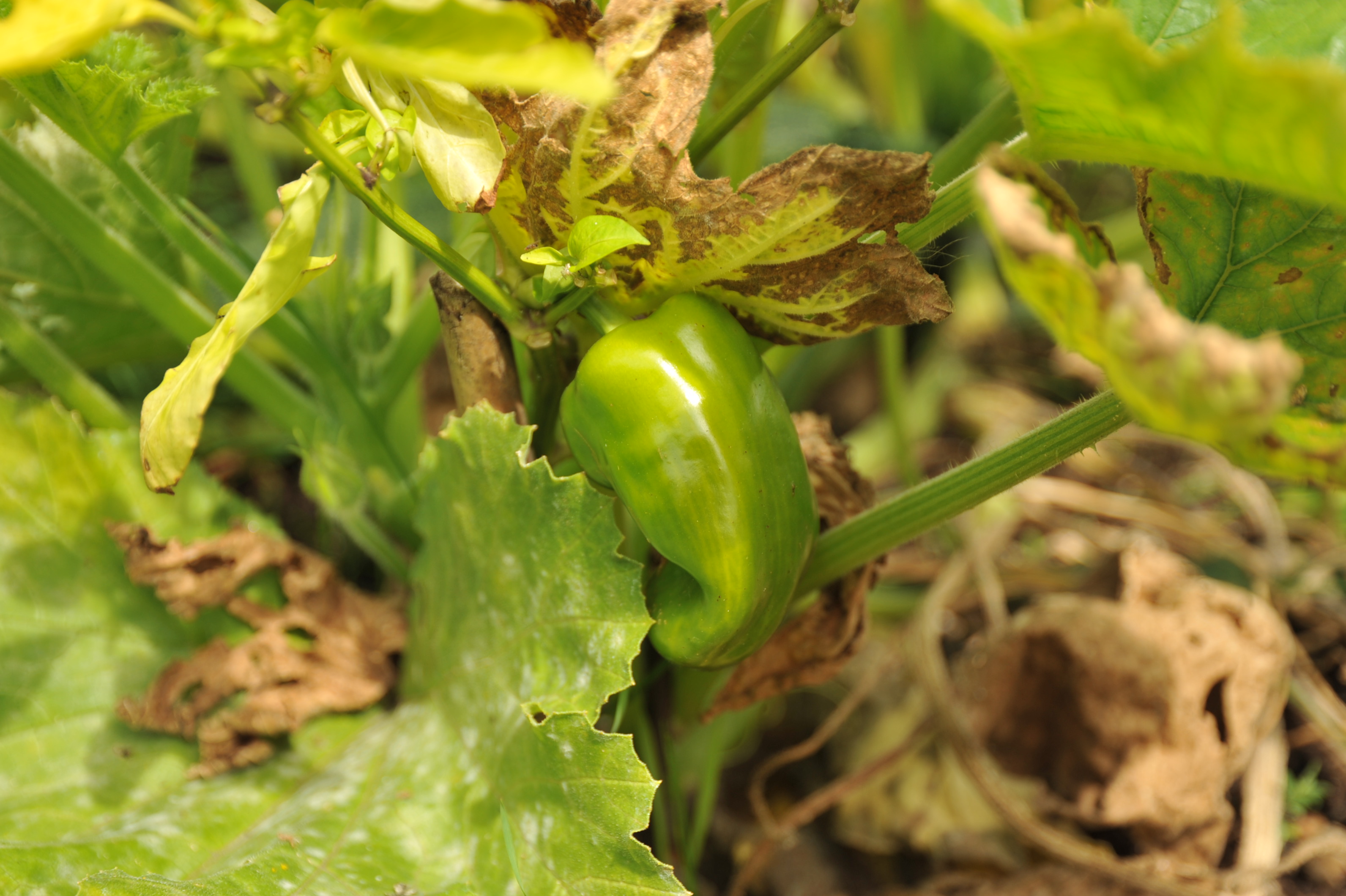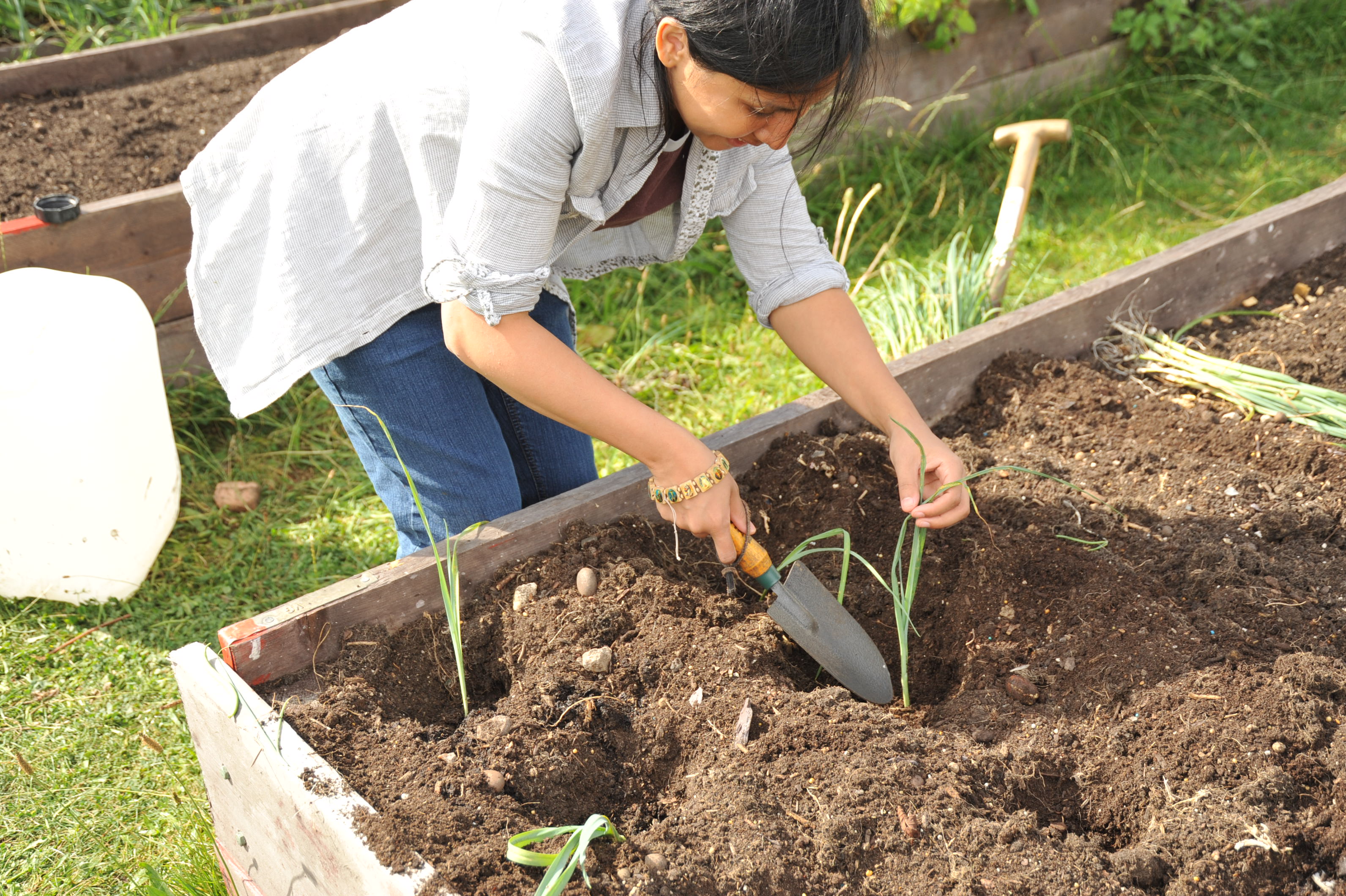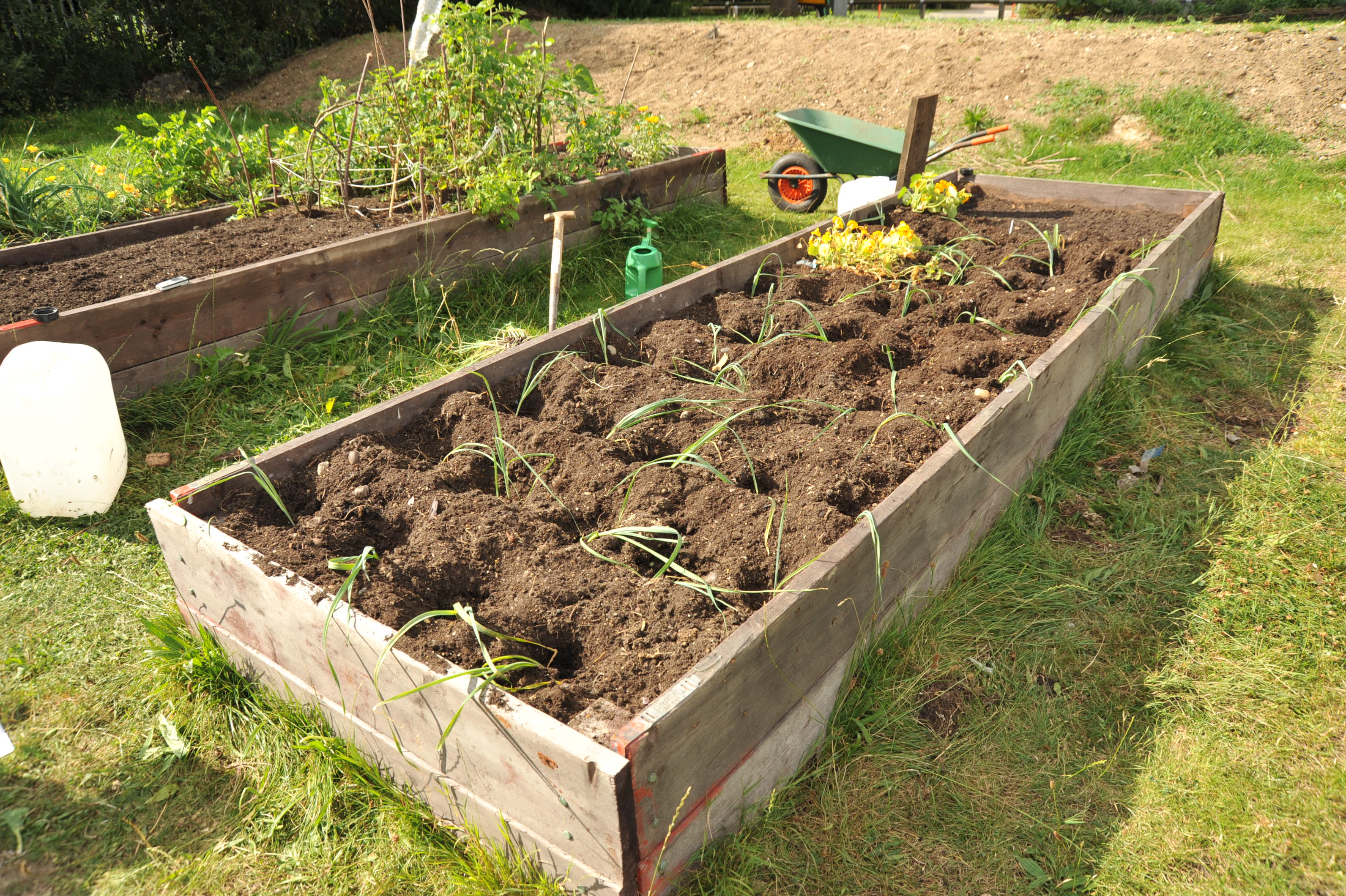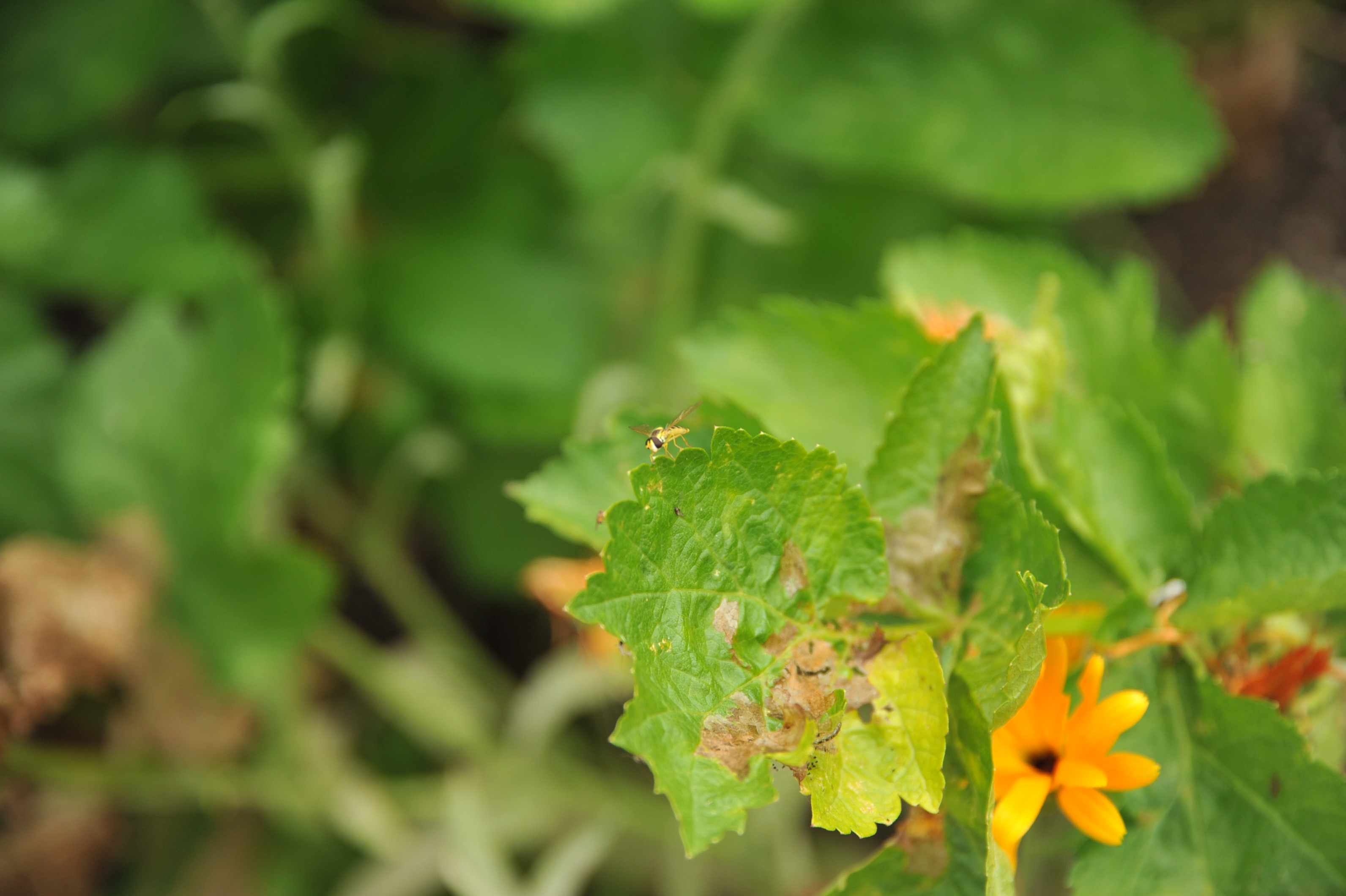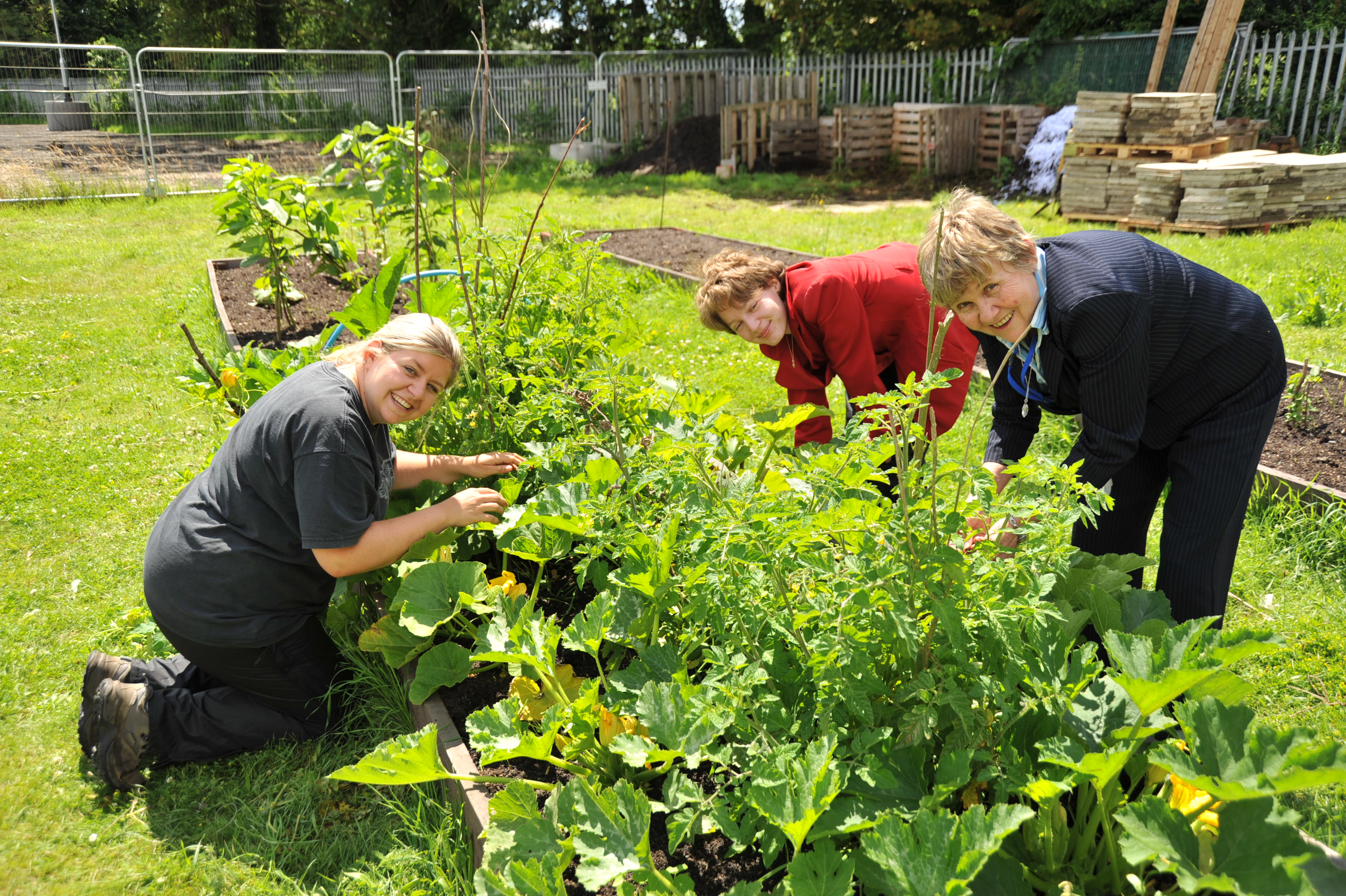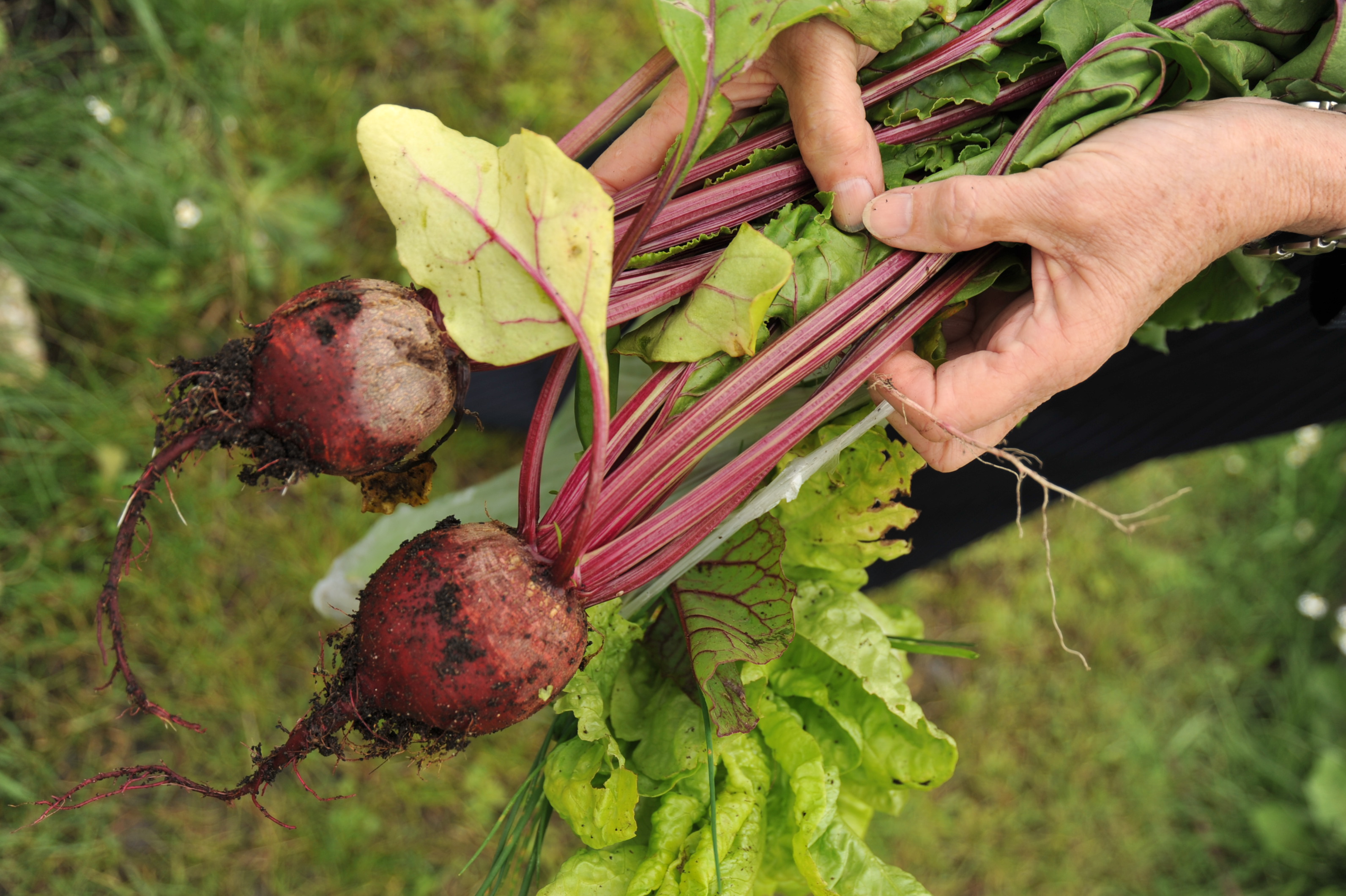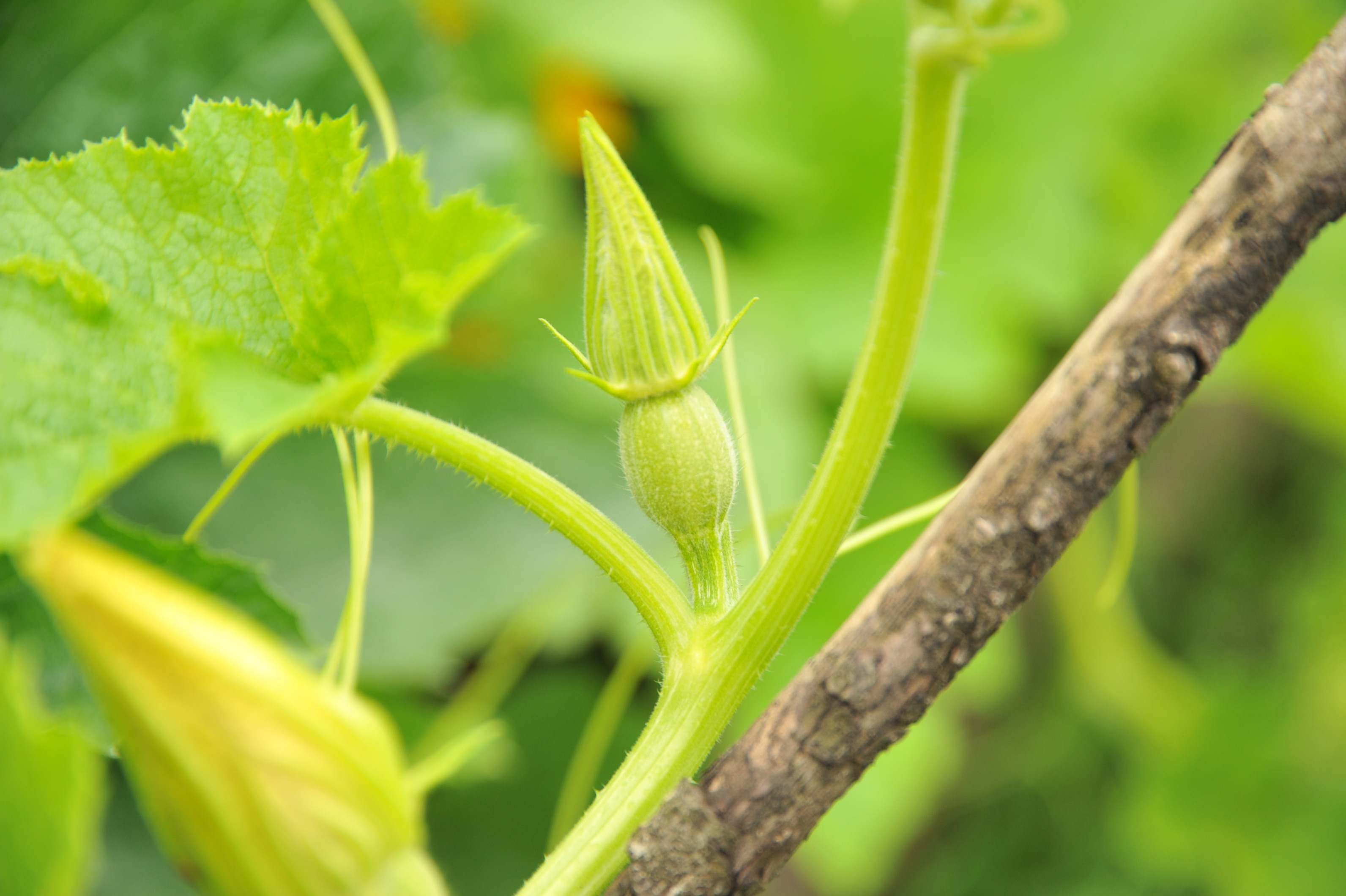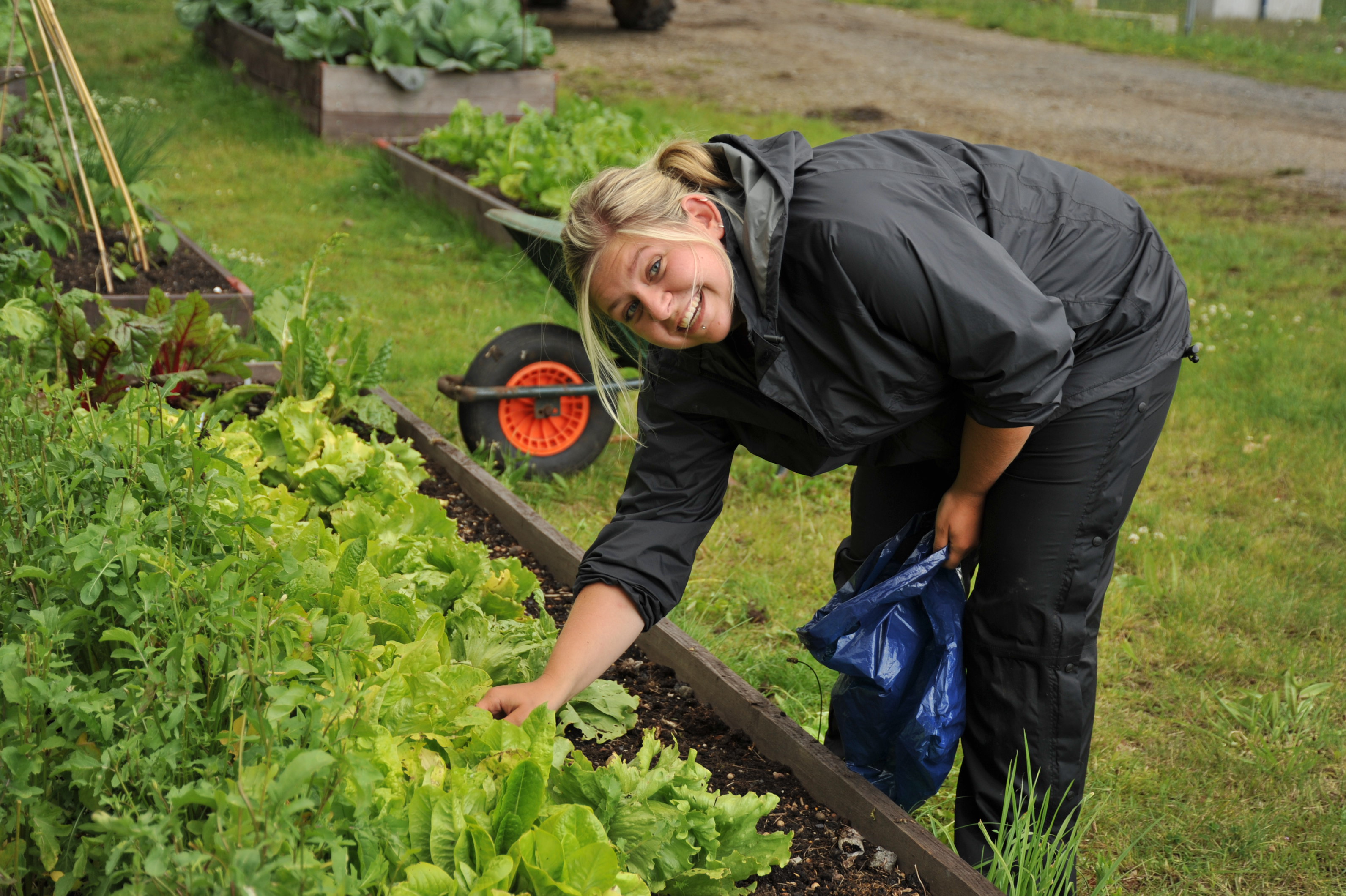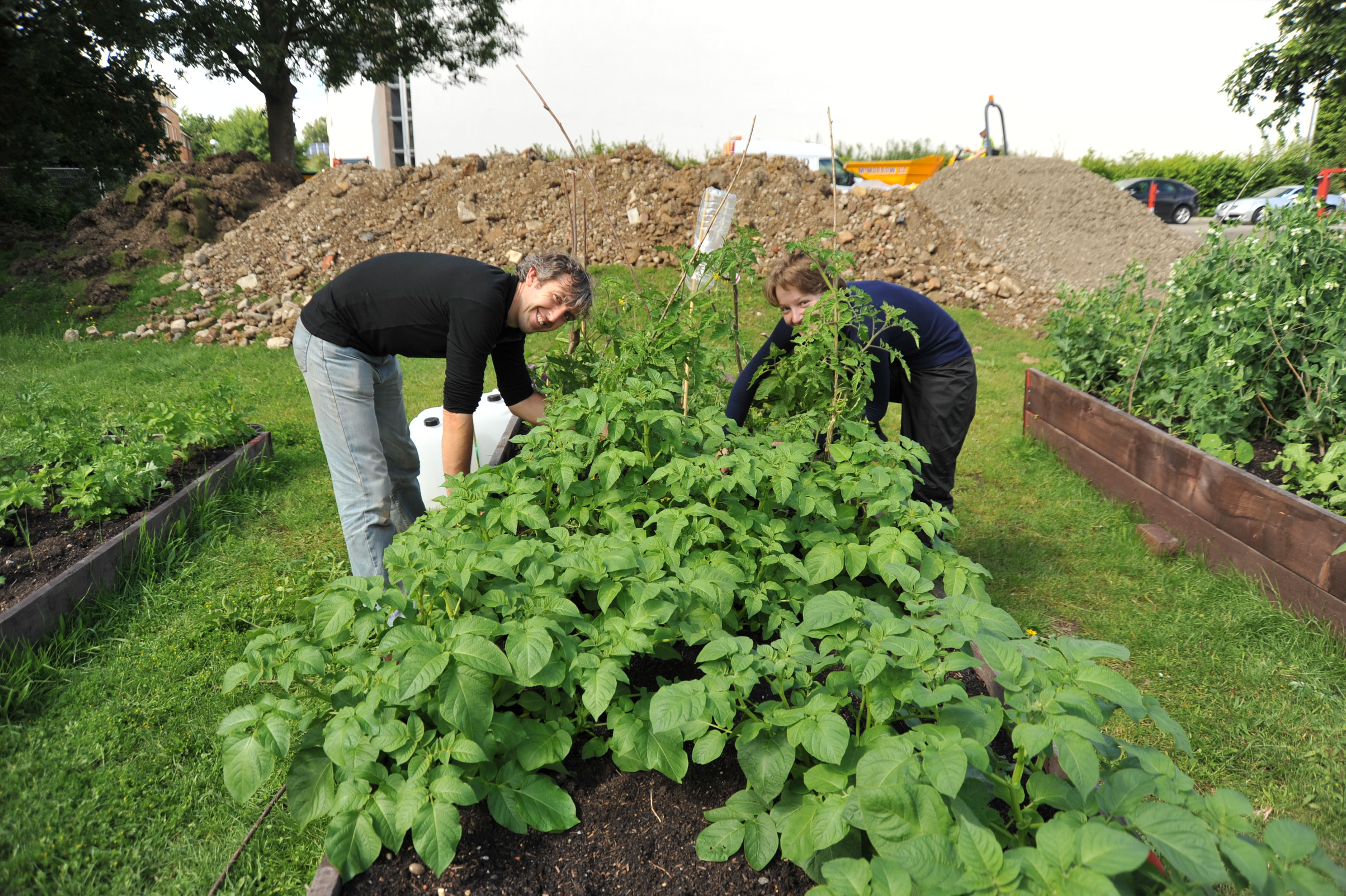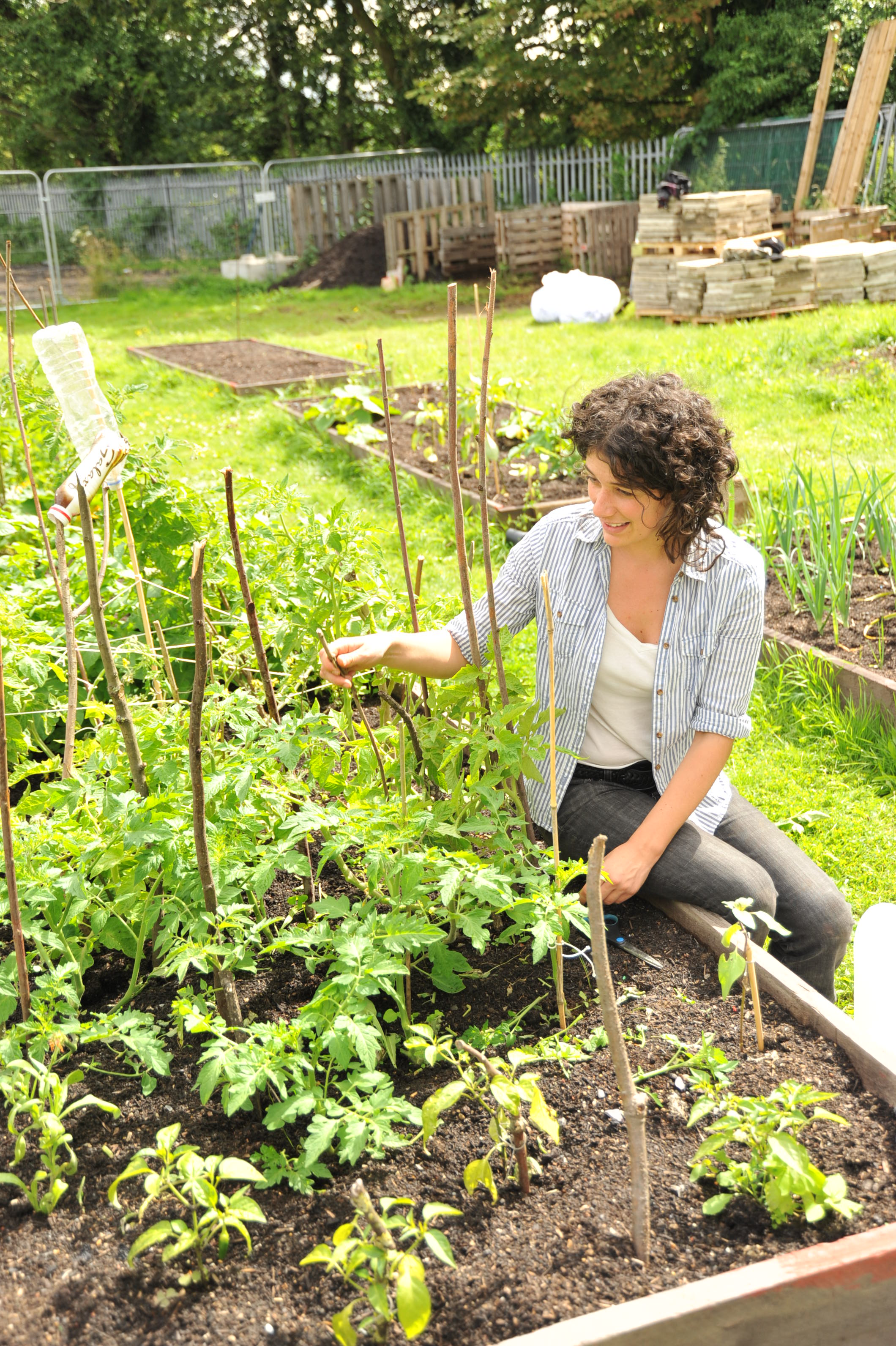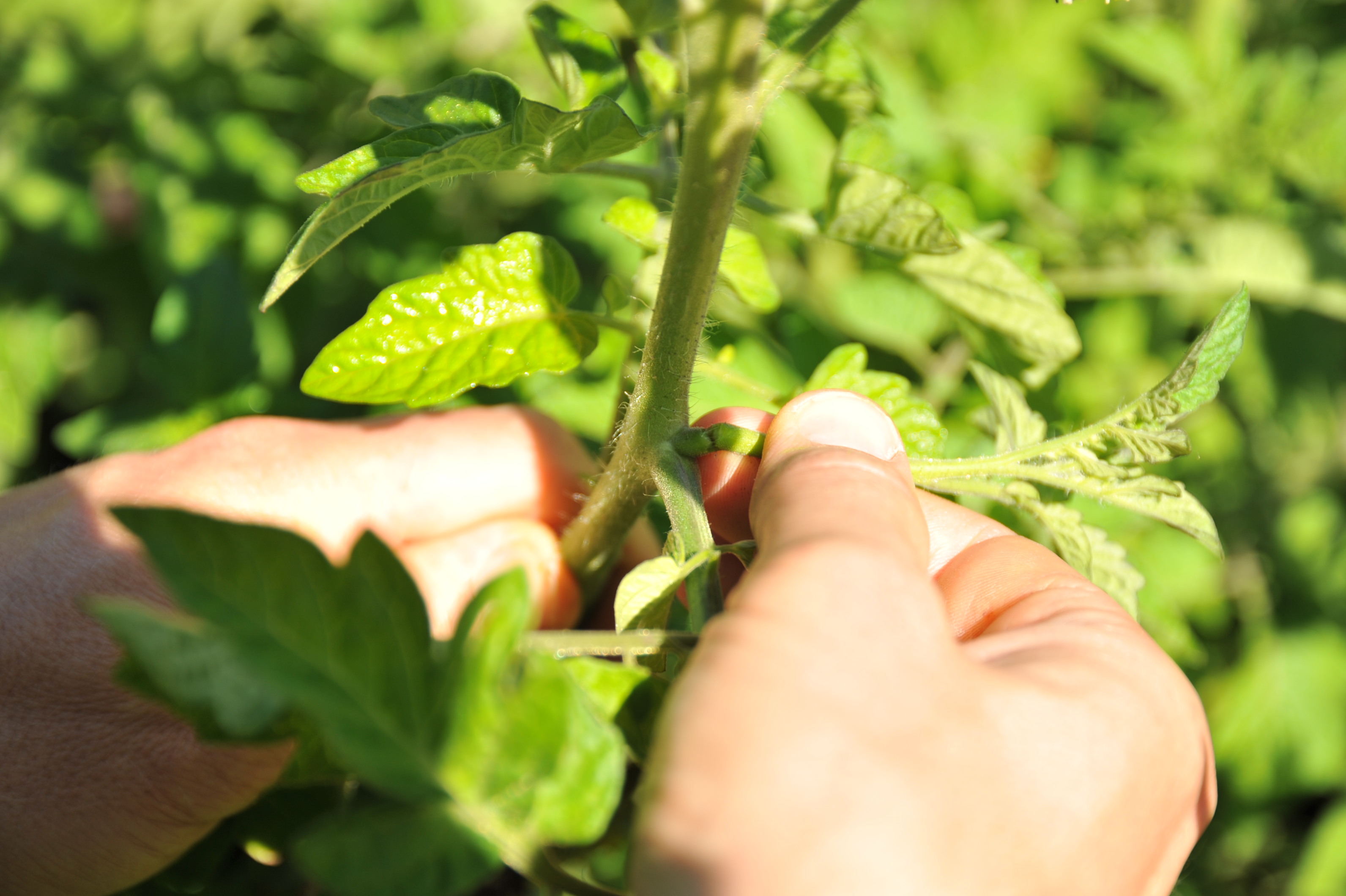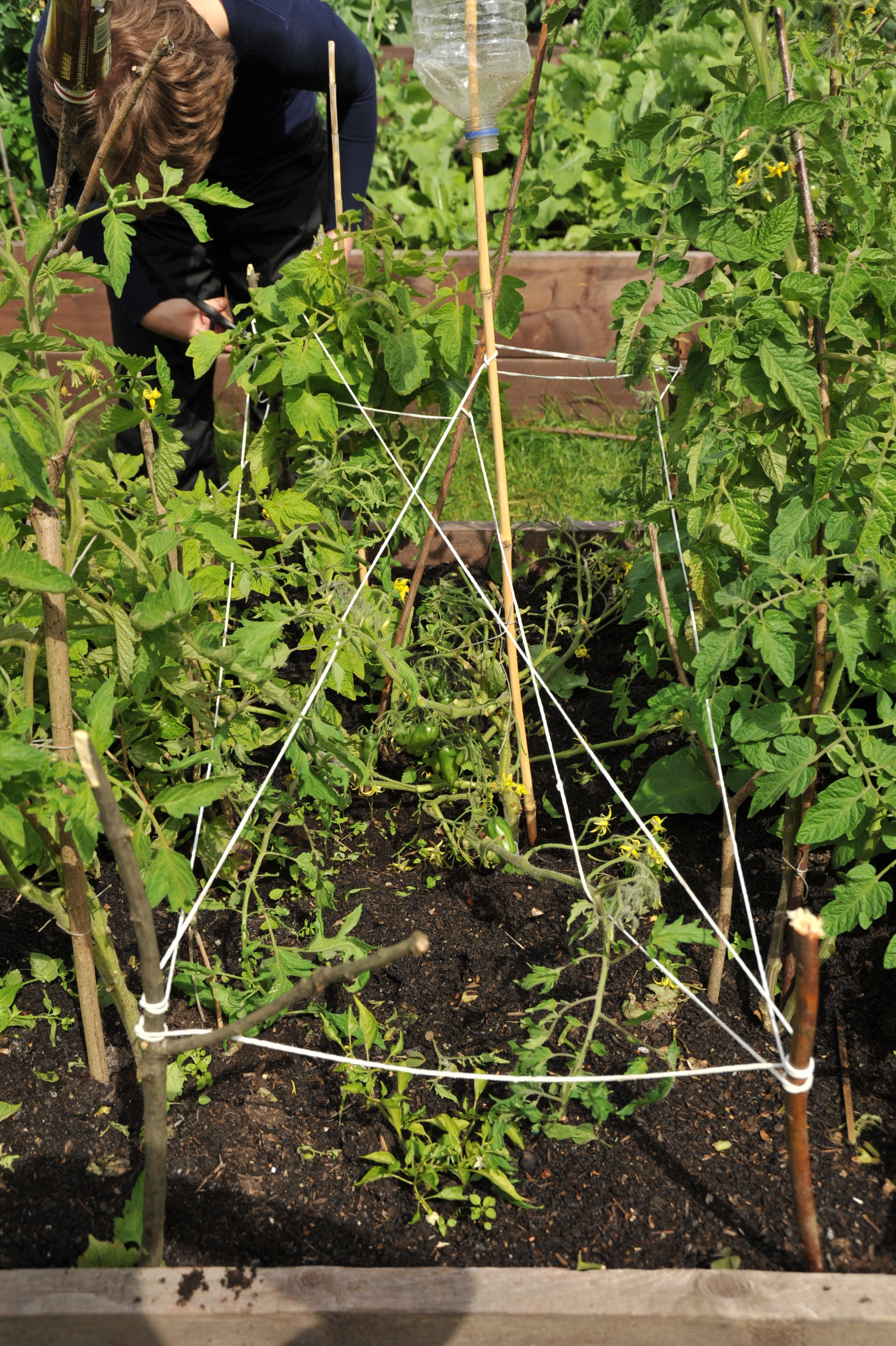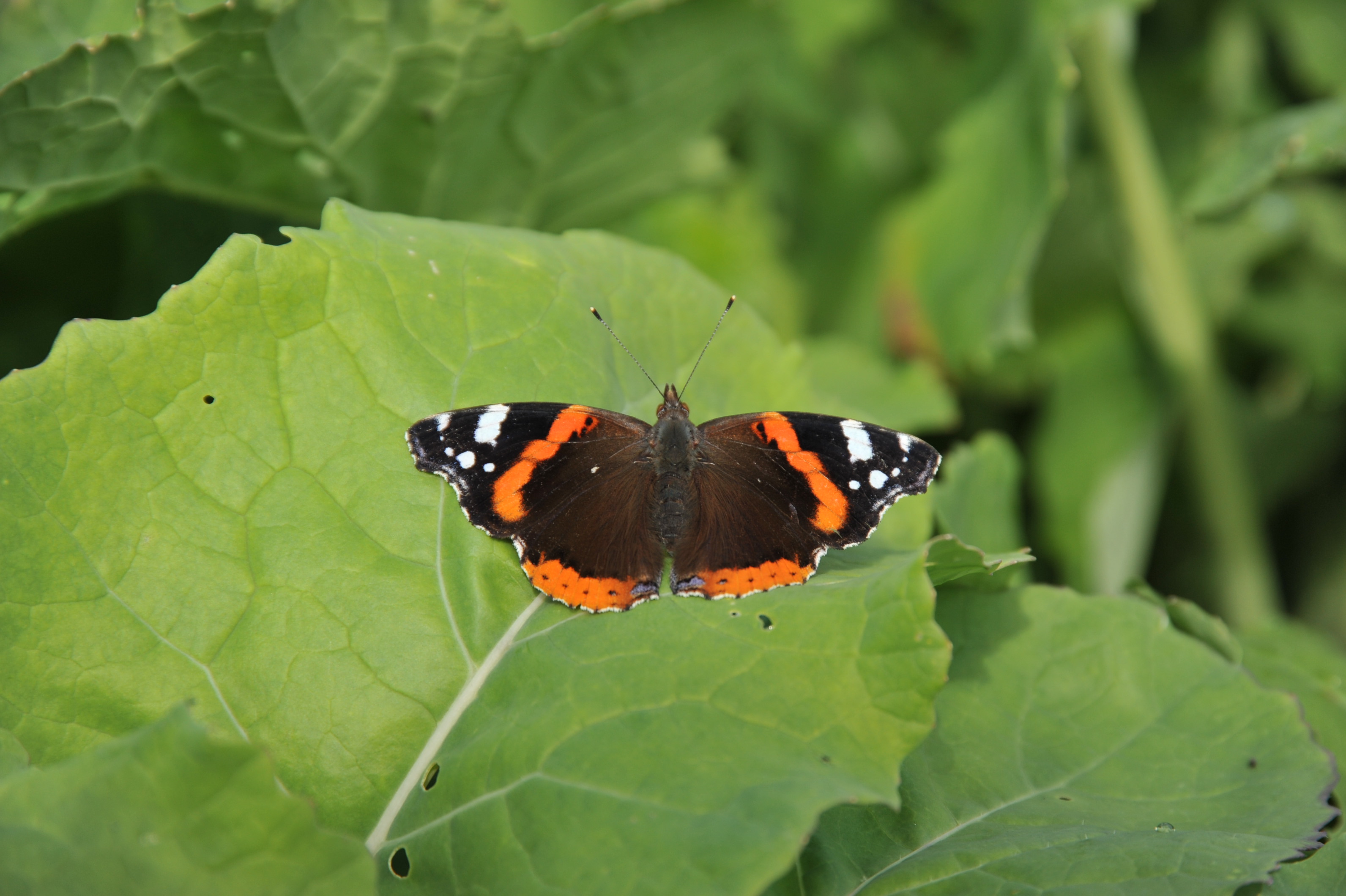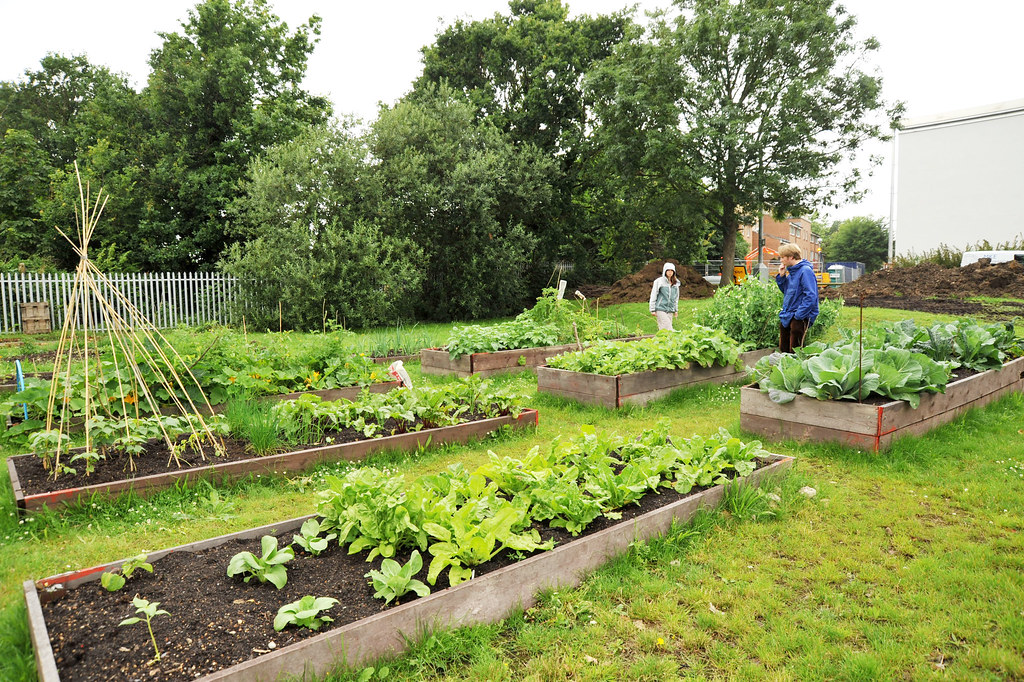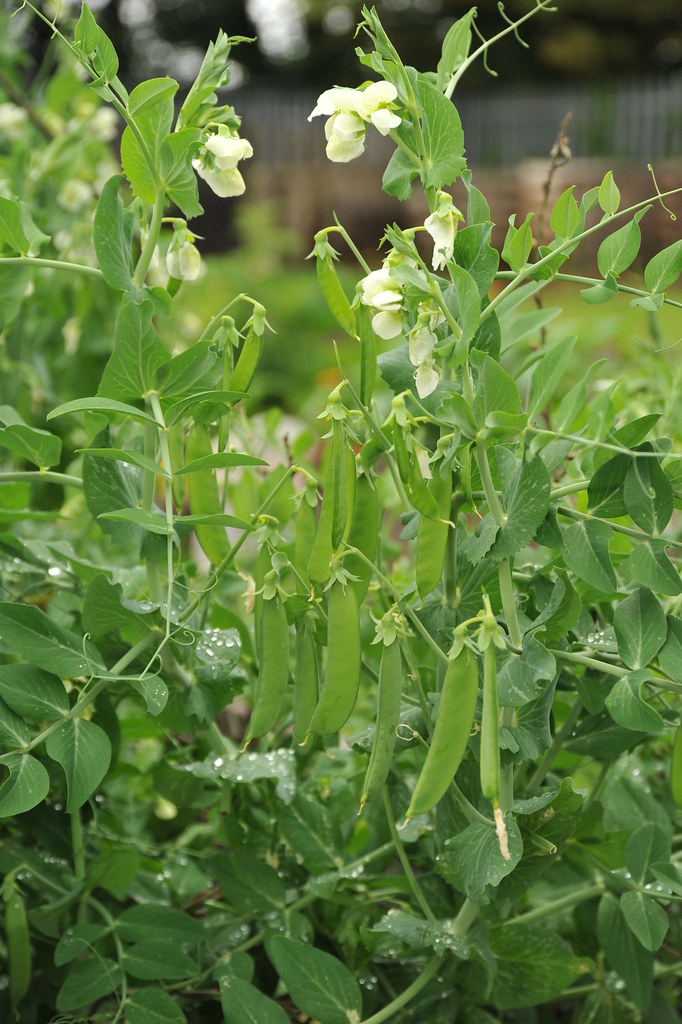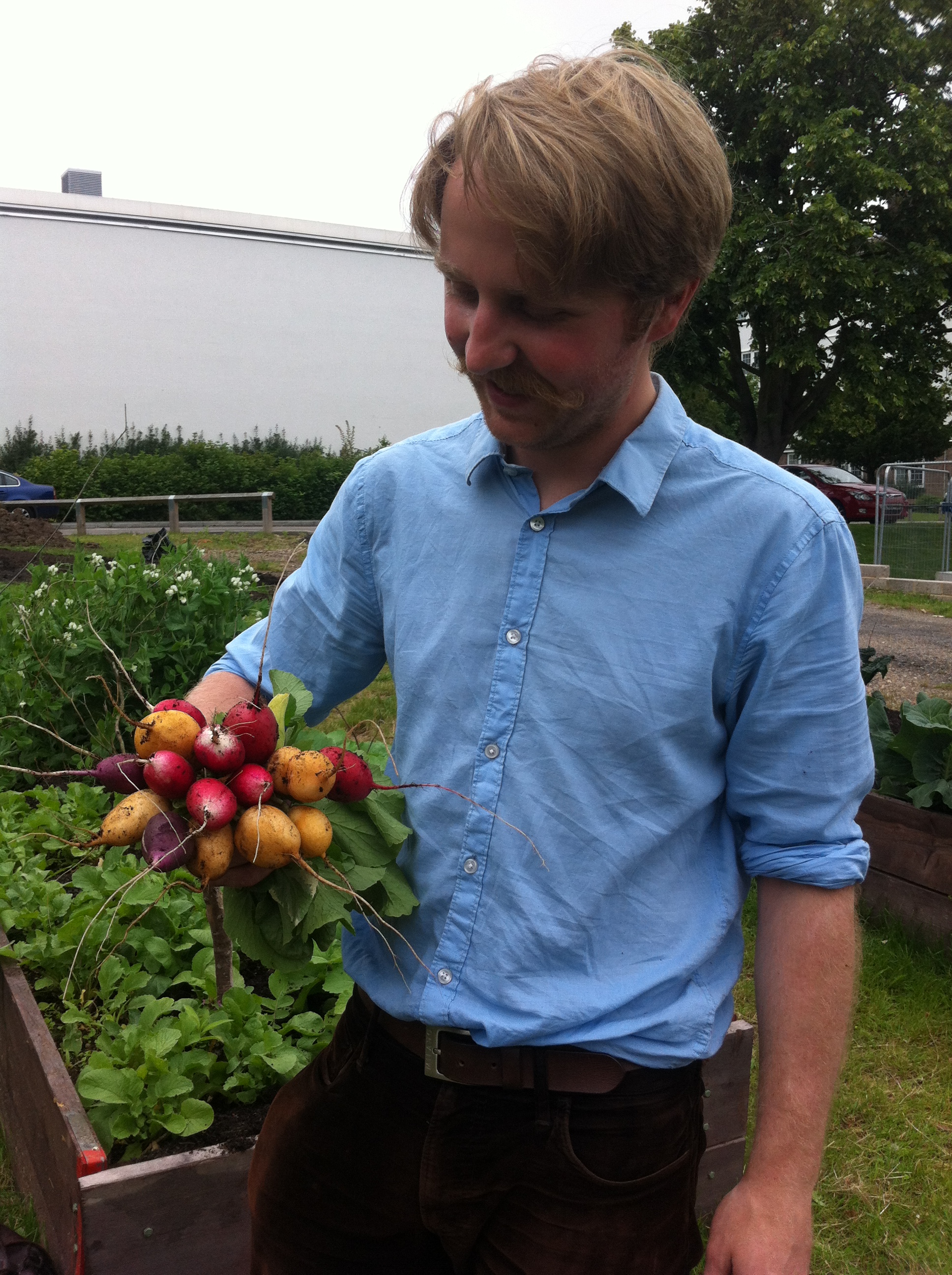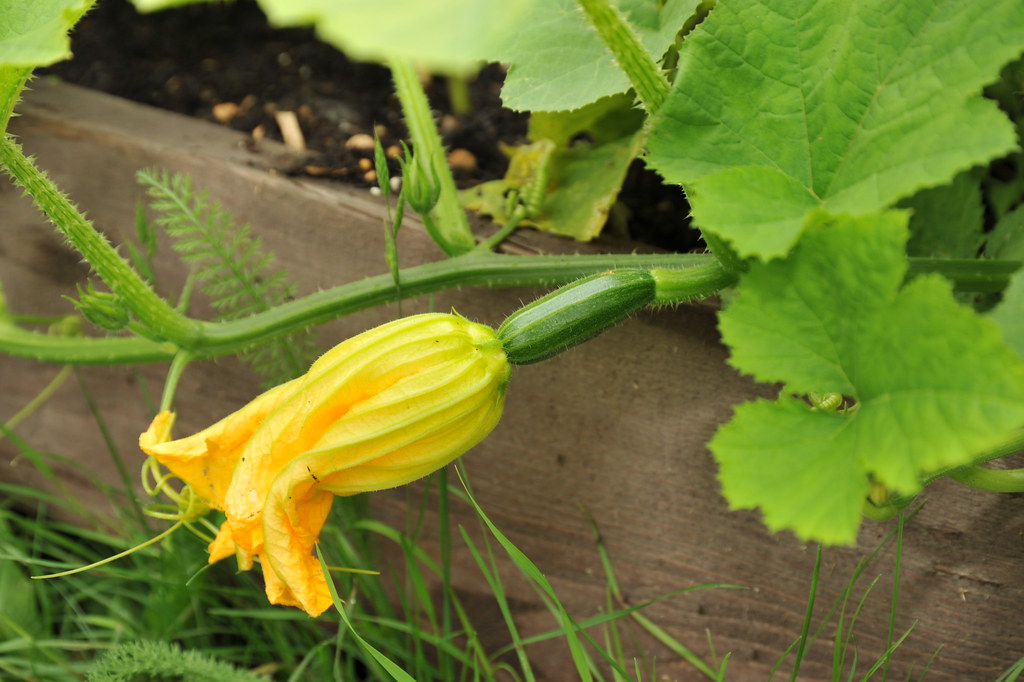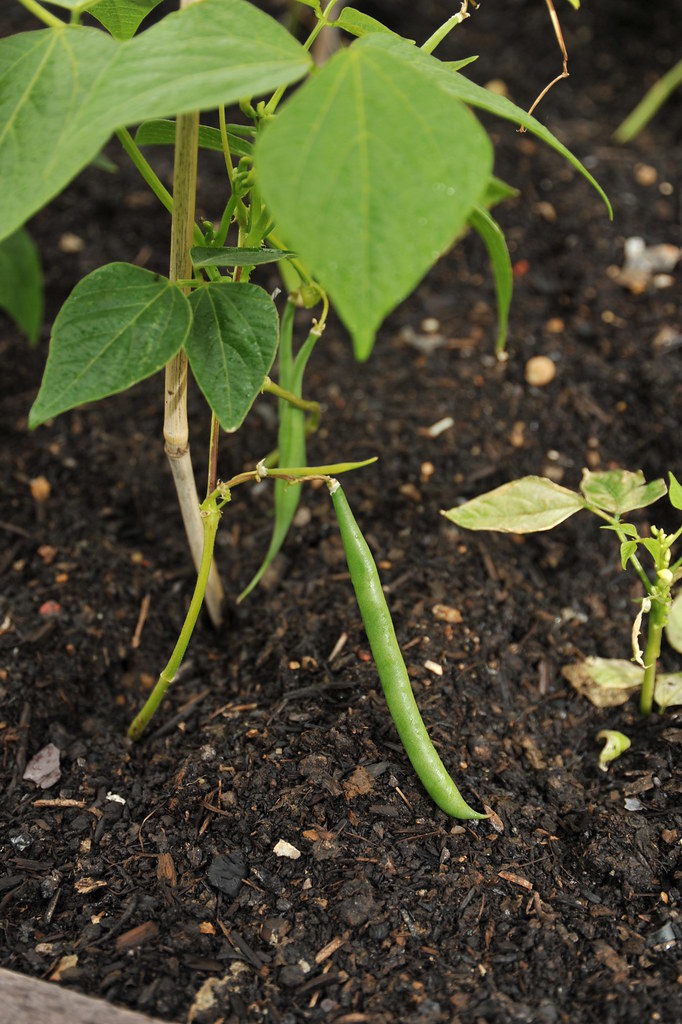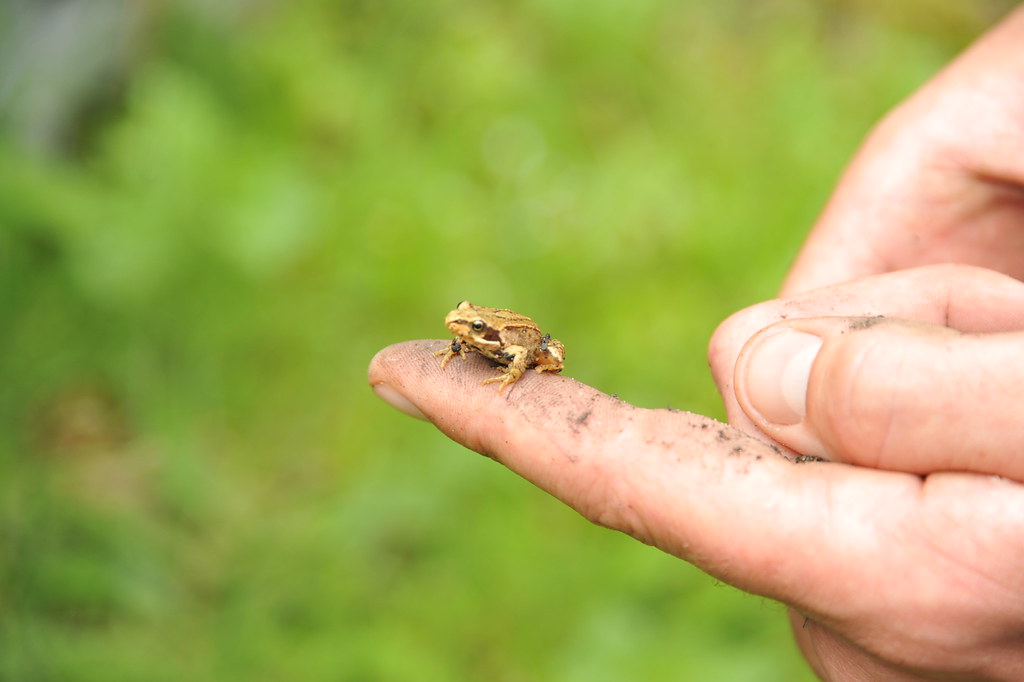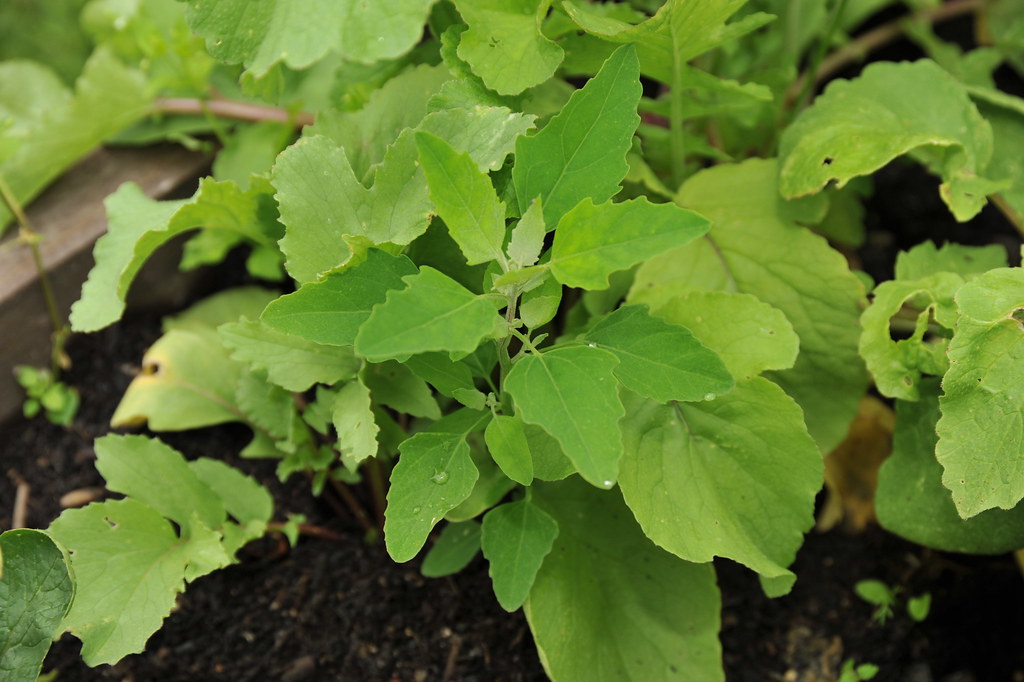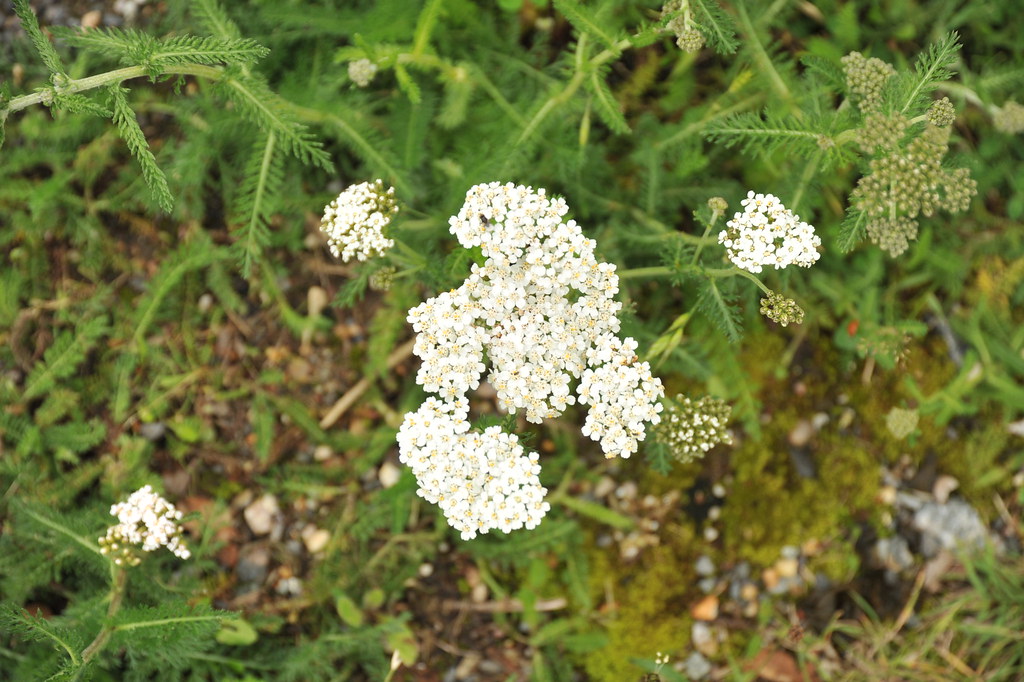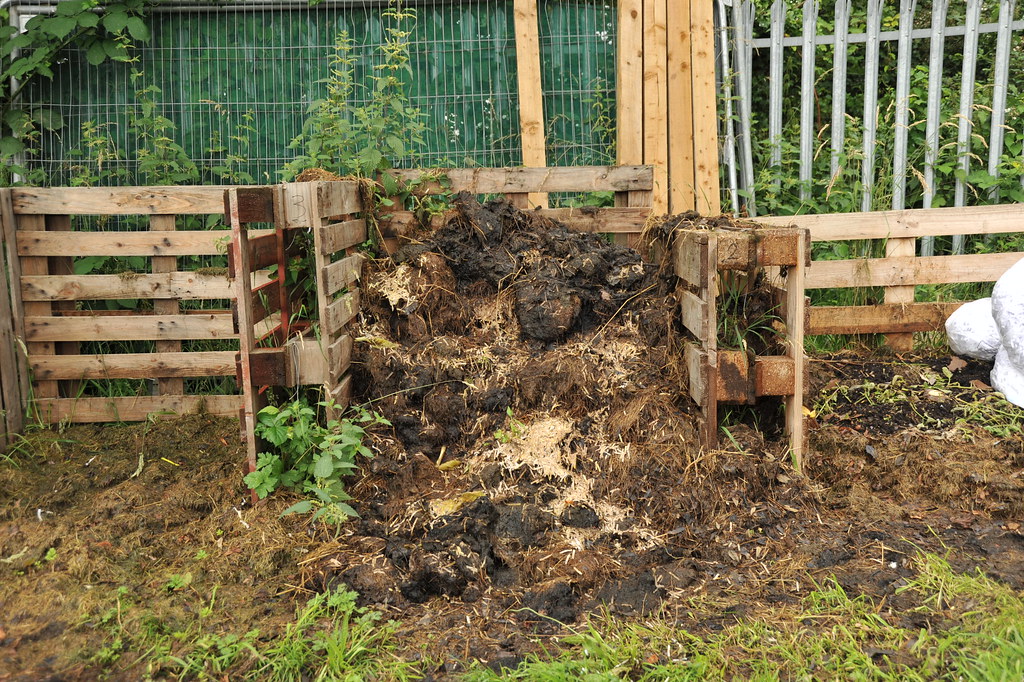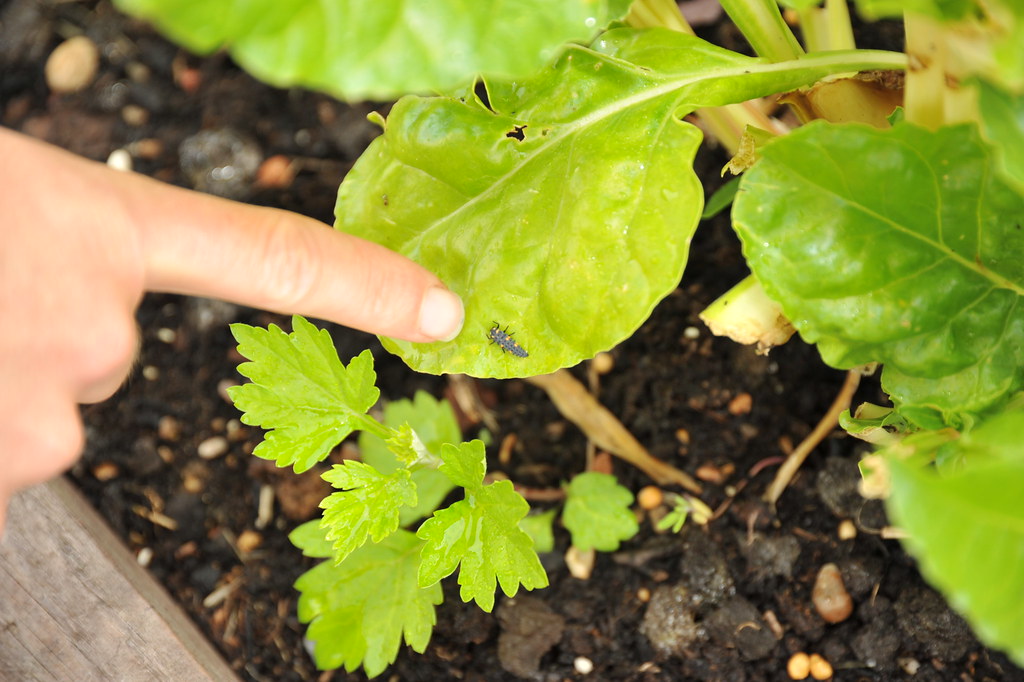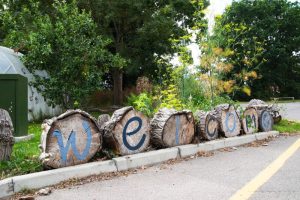As regular readers will know, Serena who is one of our students who helps lead the community garden project made the most of her summer learning more about permaculture and sustainable agriculture and writes about the second part of her summer experience before returning to study for the 2nd year of her part time MSc in Sustainable Environmental Management with the Natural Resources Institute here at the university. Over to you Serena…
During the month of September I have been travelling through the region of Bahia in Brazil and worked as a wwoofer in the organic farm Fazienda Santa Tereza, located in the Mata Atlantica jungle, between Itacaré and Serra Grande, southern Bahian coast. This region is widely known for the production of cacao – which is specifically the reason why I chose to wwoof here!

Fazienda Santa Tereza
Cocoa beans are considered “super food” because they contain many beneficial nutrients known for promoting healthy mood and positive mental state such as serotonin, dopamine and phenylethylamine; they are also one of the richest natural sources of antioxidants. Ancient Mayan and Aztec civilizations highly valued cocoa beans as a source of energy and used them as money.
Fazenda Santa Tereza is a 34 hectare property where agroforestry and permaculture principles are practiced; alongside cocoa, many other products are successfully grown: such as acai, citrus, mango, bananas, pineapple, coconut, vanilla, cupuaçu (a fruit related to cacao) and also seringueira (the tree rubber comes from) together with other local fruits such as jenipapo. The owner of the farm, Mathieu, is also allowing some parts of the property to return to native Mata Atlantica.


pineapple plant
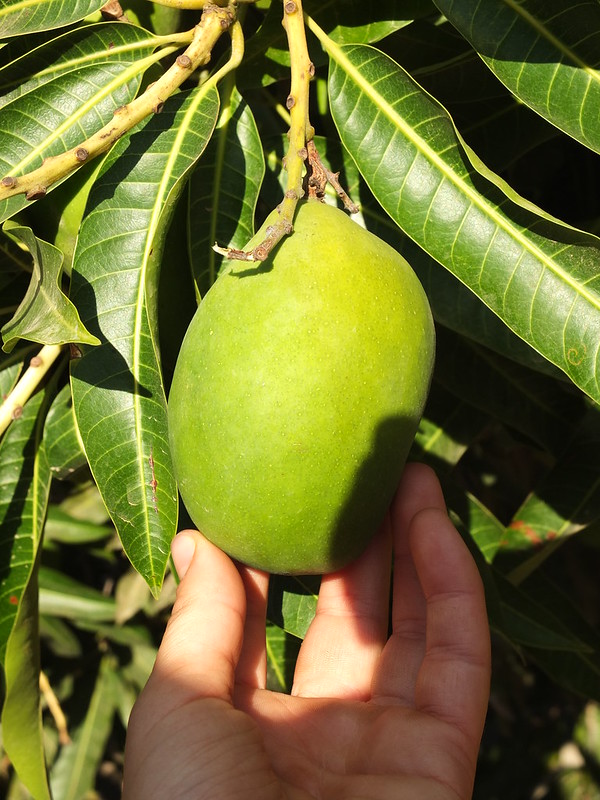

ripening mango
The cocoa tree is not an easy plant to grow, indeed it requires precise climatic conditions and it will grow only in a very warm, moist, shady environment, being also very susceptible to pests and disease; in addition, a tree must be five or six years old before it will bear fruit.


ripening cocoa fruit - not ready!


cocoa tree bearing fruit
Cocoa beans are the seeds of a yellow, rugby ball-shaped fruit that sprouts directly from the trunk of the cacao tree. Pods don’t all ripen at the same time and must be removed individually by hand, using machetes or large knives, taking care not to hurt nearby buds.
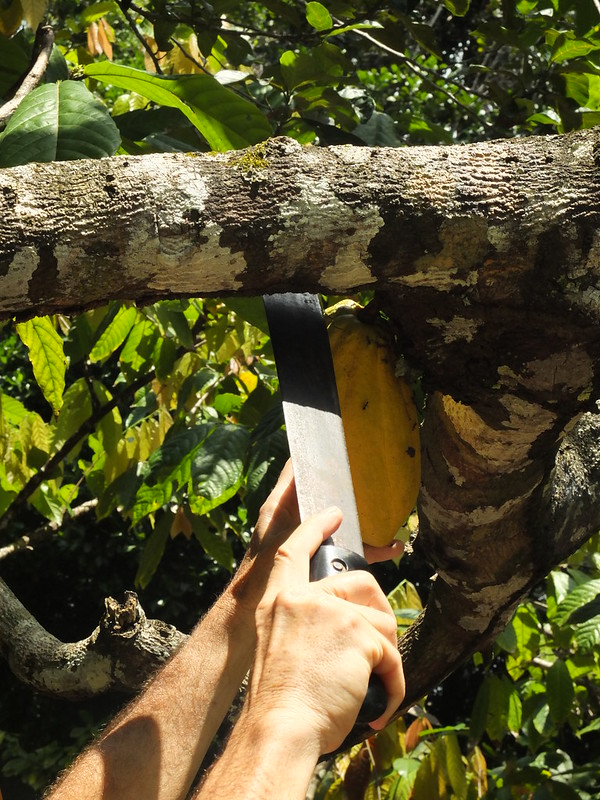

harvesting cocoa pods
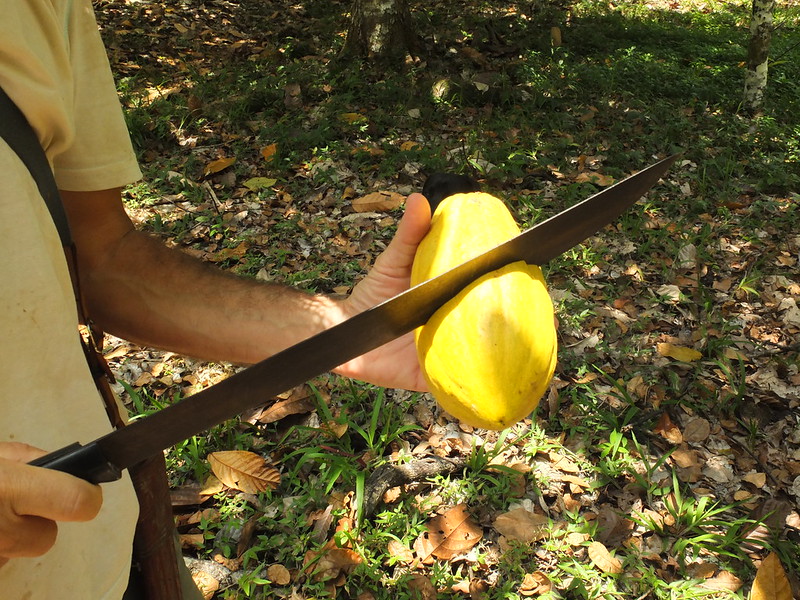

opening the fruit
Once opened, the pod contains about 40 cocoa beans covered in a sticky, white, delicious sweet lemony flavour pulp – while the actual bean is bitter and hard to eat. Beans are scooped out to be fermented and dried, this process takes from two to eight days.
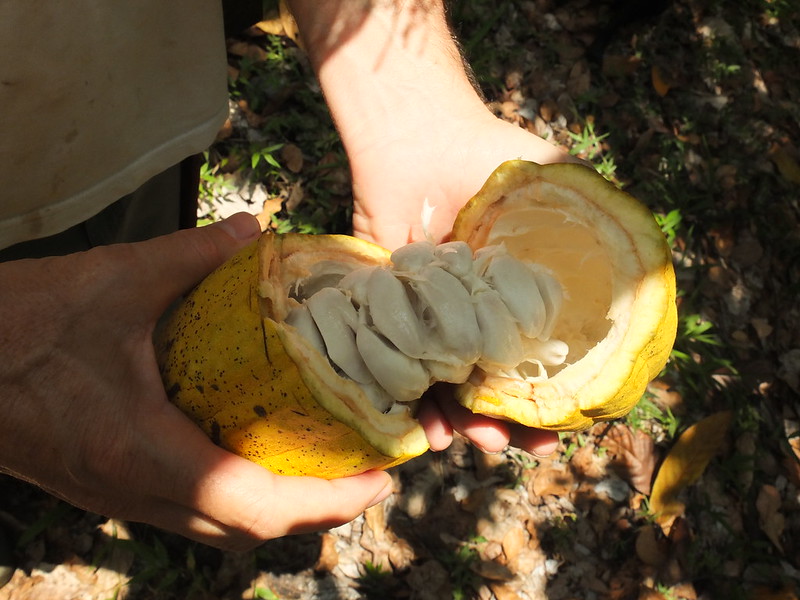

cocoa beans inside the pod
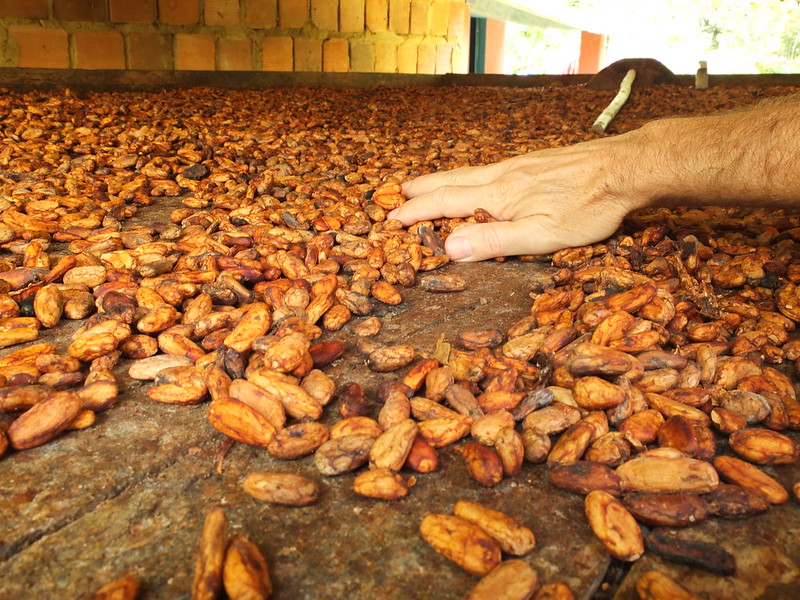

cocoa beans left to dry
Fazienda Santa Tereza produces delicious handmade dark chocolate and one day I happily volunteered to make some: first we warmed up the cocoa beans on the stove to remove the skin
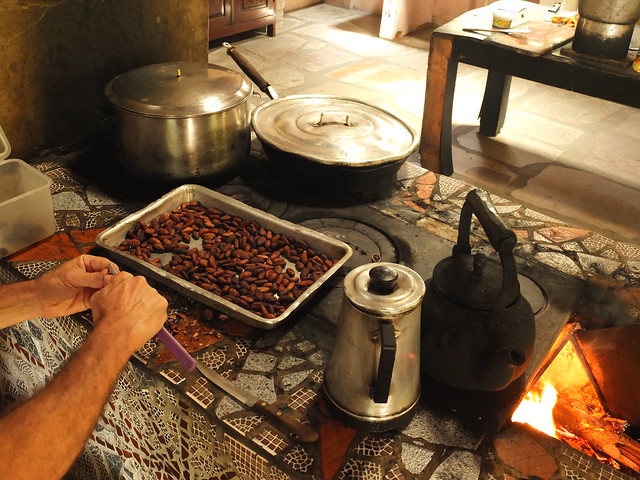

removing the skin - great smell!
We left the beans to warm up in the sun and reach a proper temperature and become soft:
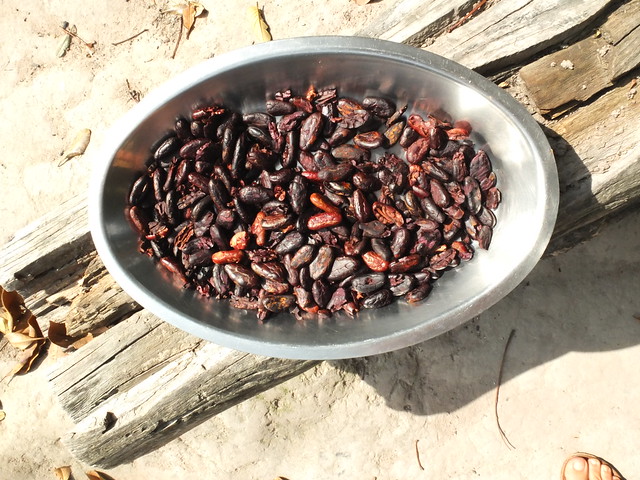

cocoa beans, warming up!
Cocoa beans were then ground to achieve a nice powdery consistence
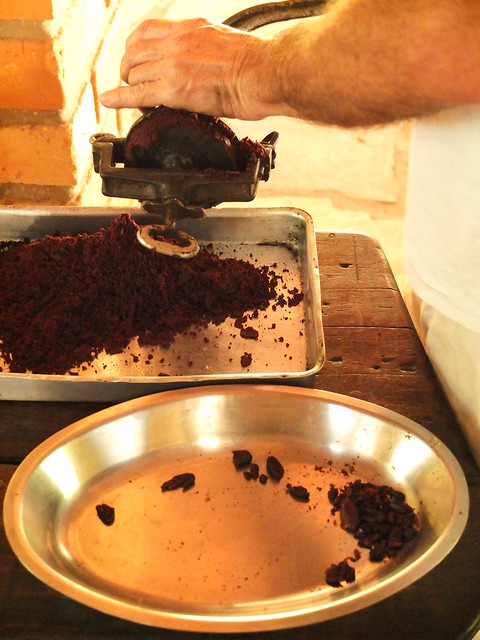

grinding cocoa beans!
…a little bit of sugar and honey are added and mixed using this very sophisticated piece of modern technology (heavy work!!!), banging for about 45 minutes:
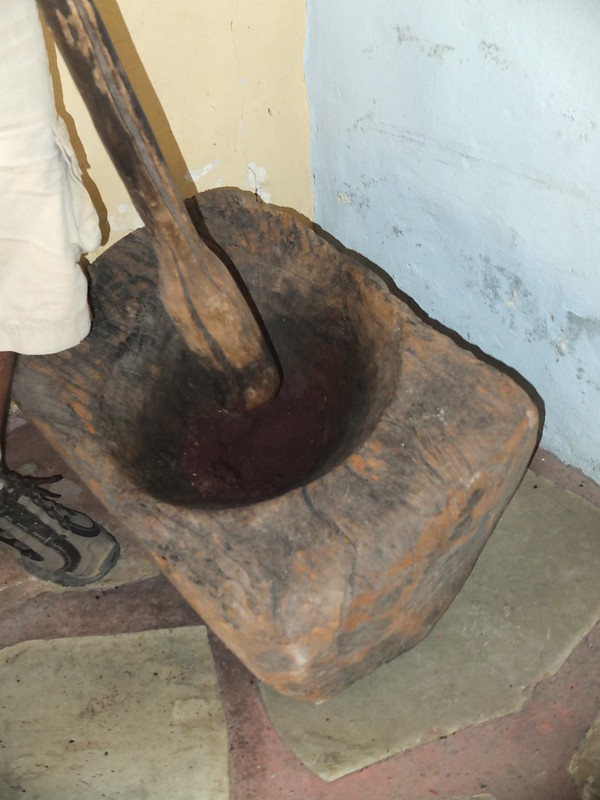

working the chocolate
until a very fine and smooth – almost liquid! – texture was achieved and the (very!) dark chocolate was ready … shiny and delicious!
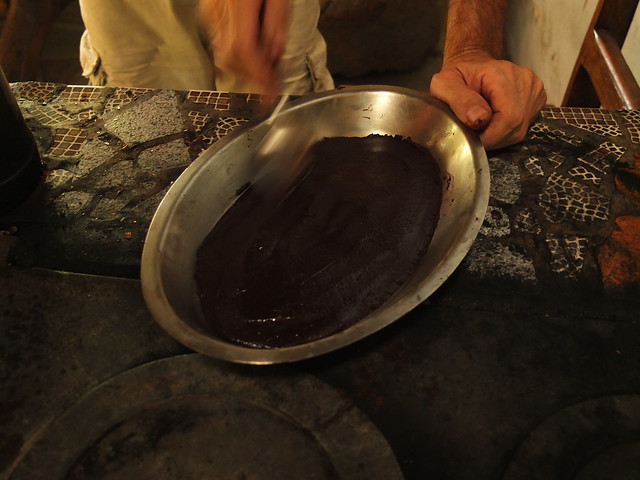

job done! yummy!
One of the main tasks at the Fazienda was the creation a suitable micro-environment around the trunks of the one-year-old cocoa trees which Mathieu had transplanted about a month ago. First we got rid of the weeds around the trunk using a hoe (also to break up soil compaction) whilst being careful not to damage the roots.
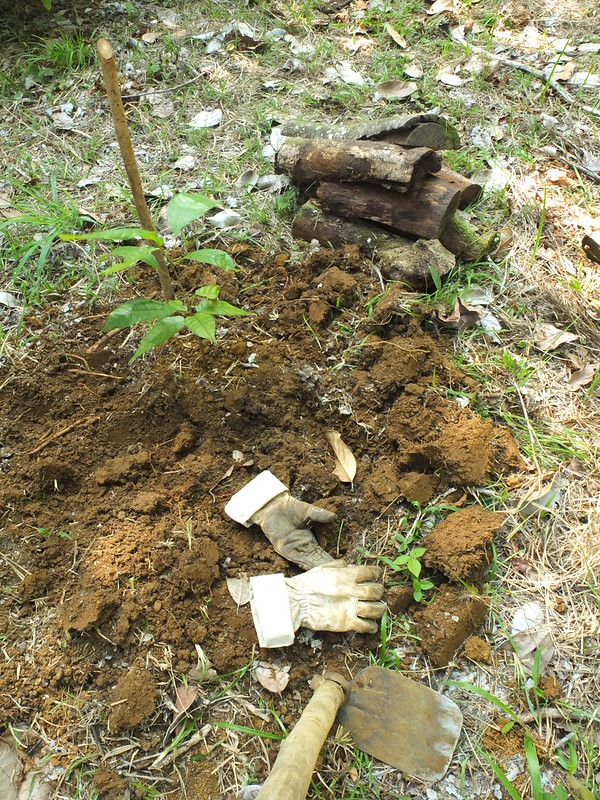

clearing the weeds (hard work!!)
The soil here has a high content of clay and is therefore very hard to work with, which is the reason why it is important to add large quantities of organic matter– in this case pot ash and leaf mold.
After weeding, we placed some old logs around the base of the tree: in fact there is plenty of spare old wood whitin the Fazienda’s forest! Wood will slowly rot down with the help of beneficial fungus, bacteria and micro organisms, which will break down and release the nutrients into the soil – carbon in particular – also offering ground cover, preventing nutrients from being washed away, and shelter to beneficial animals.
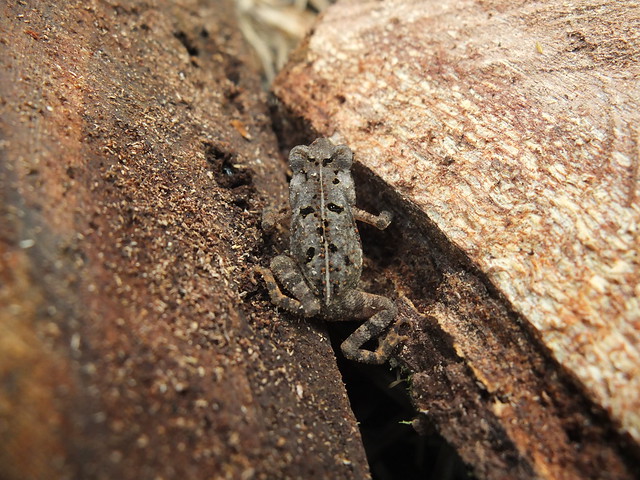

frog - perfectly camouflaged
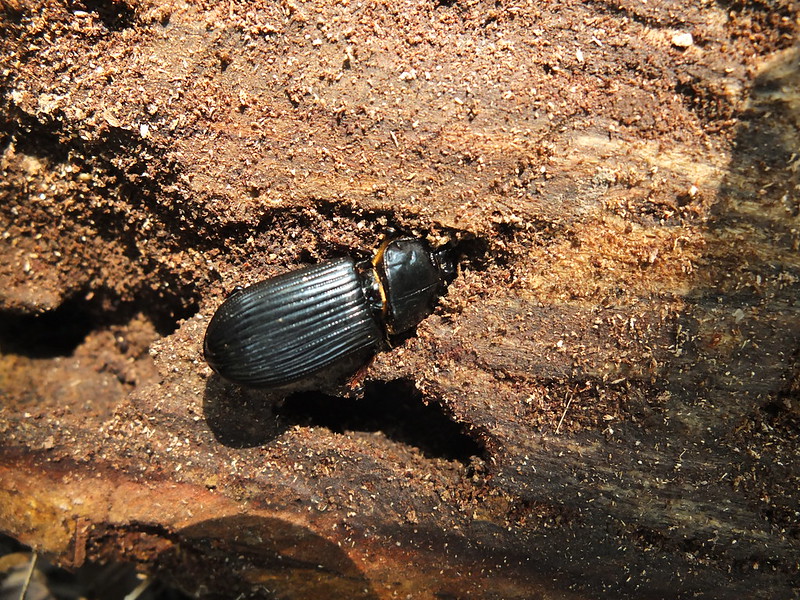

some useful wildlife, having a feast!
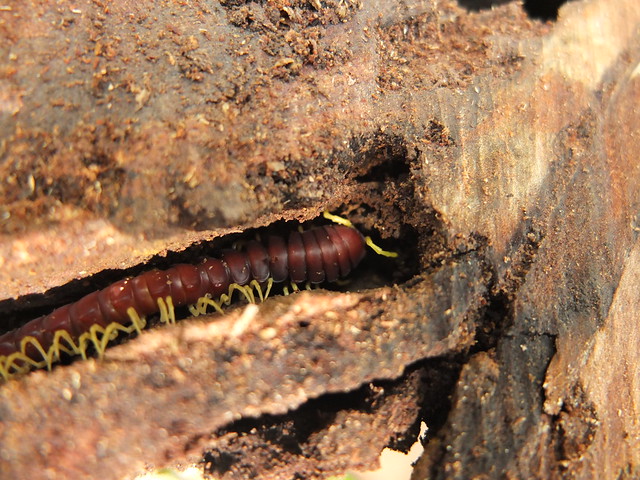

a millepede - loving rotten wood
Around and in between the logs we sowed few leguminose beans seeds: they will fix nitrogen with the action of the bacteria living in their roots and function as green manure/living mulch. On top of the logs, we placed large amounts of hay, which will help retain both moisture and temperature while also suppressing weeds and protecting the soil structure.


placing the logs around cocoa trees


job done: final touch of mulch - hay


..some other common wildlife hanging around in the jungle..
With the help of a GPS, one day we carried out a survey to establish the presence of native vanilla within the property of the Fazienda – this census will eventually lead to the creation of a database of organic vanilla plants in this area of Bahia; each species of vanilla was identified and measured.


vanilla census!
The vanilla plant is a tropical vine, which can reach over one hundred feet; it belongs to the orchid family but it is the only one that produces an agriculturally valuable crop.
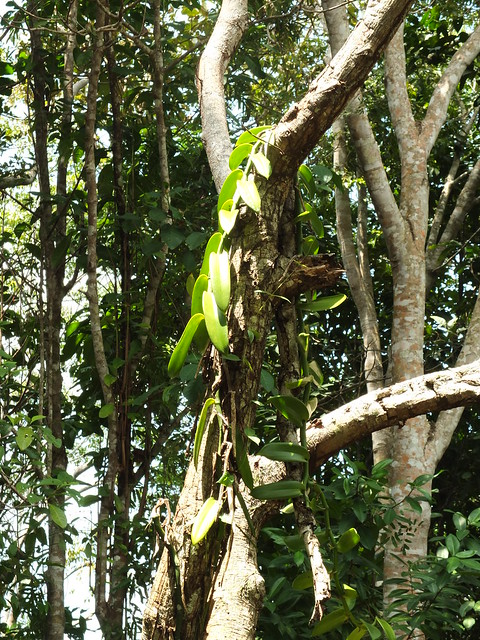

the vanilla vine
Unfortunately almost 90% of the vanilla flavour we find in our food today has been created by the addition of ingredients containing synthetic vanillin.
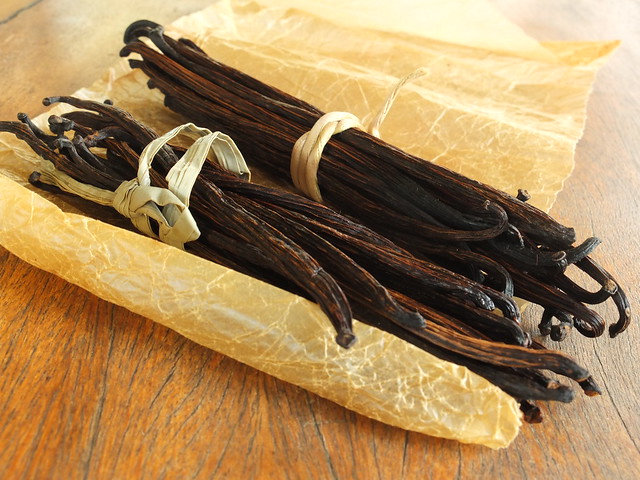

dried vanilla pods
During my experience as a wwoofer I also had the chance to visit Comunitade Campina, an ecovillage located in the beautiful settings of Vale do Capao, Chapada Diamantina. Since 1998 the people from the community successfully practice principles of permaculture and forest gardening.
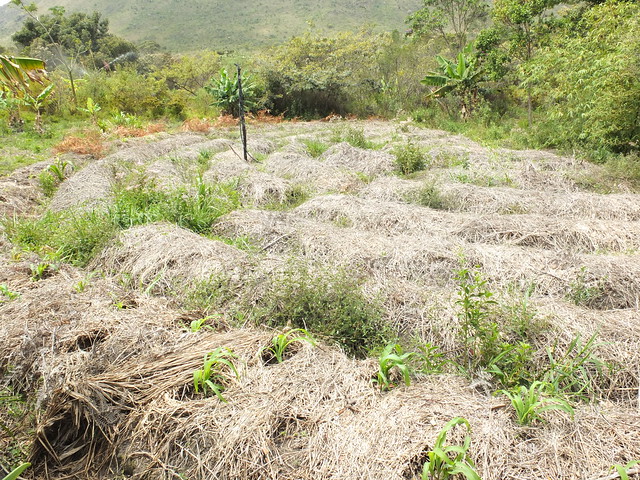

the mandala garden
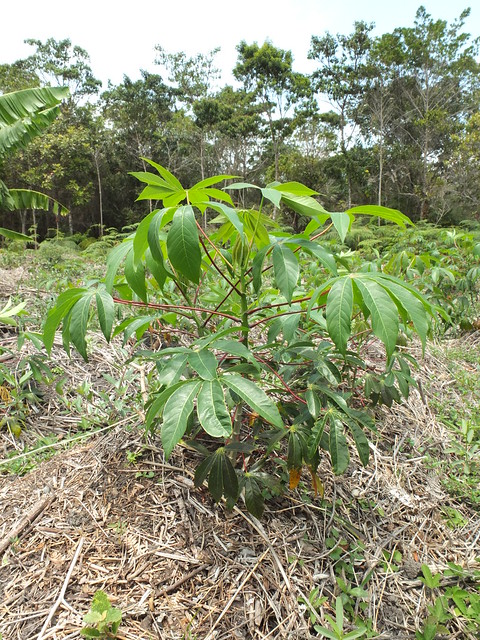

Cassava is a major staple food
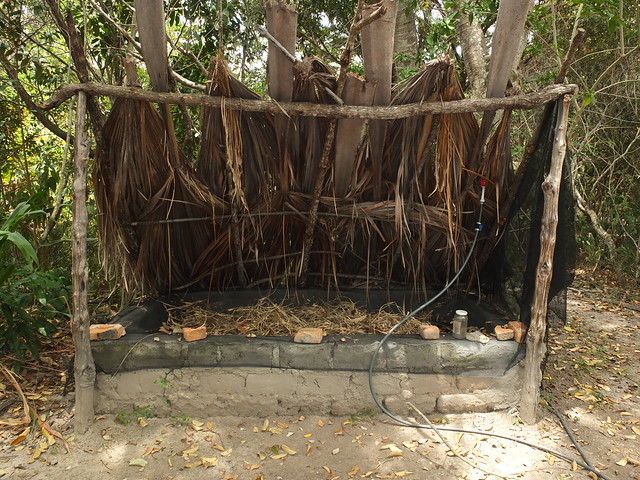

the wormery - nice home for the earthworms!
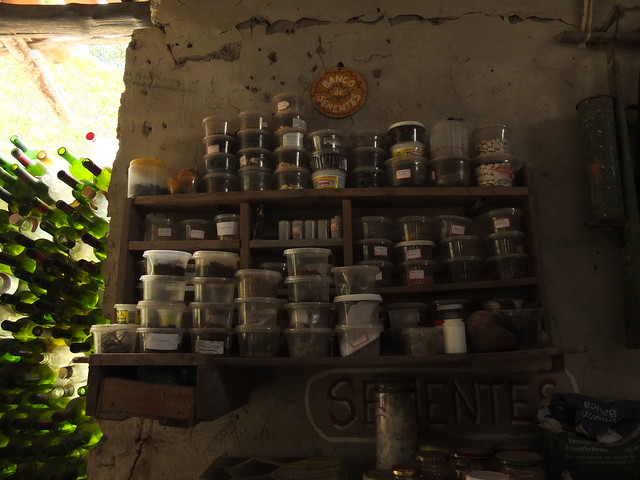

the seed bank - to exchange seeds!


and a very sustainable juice maker!






